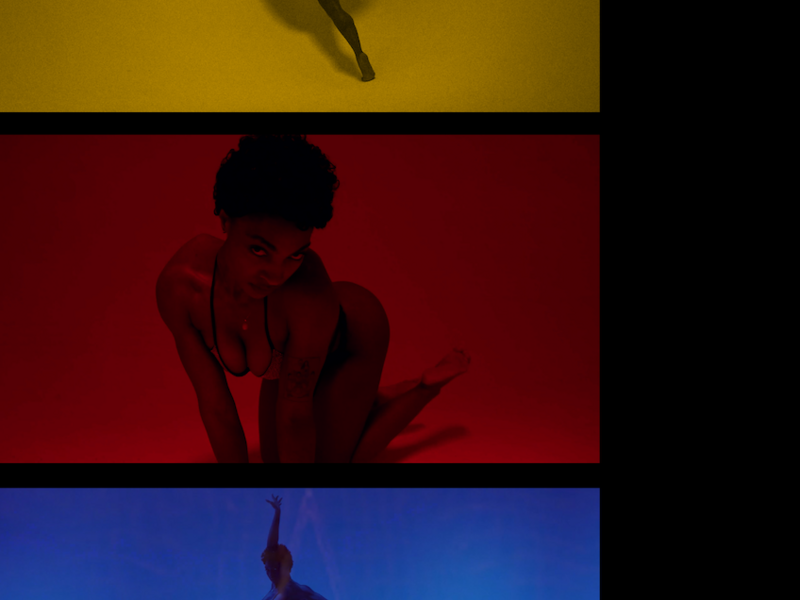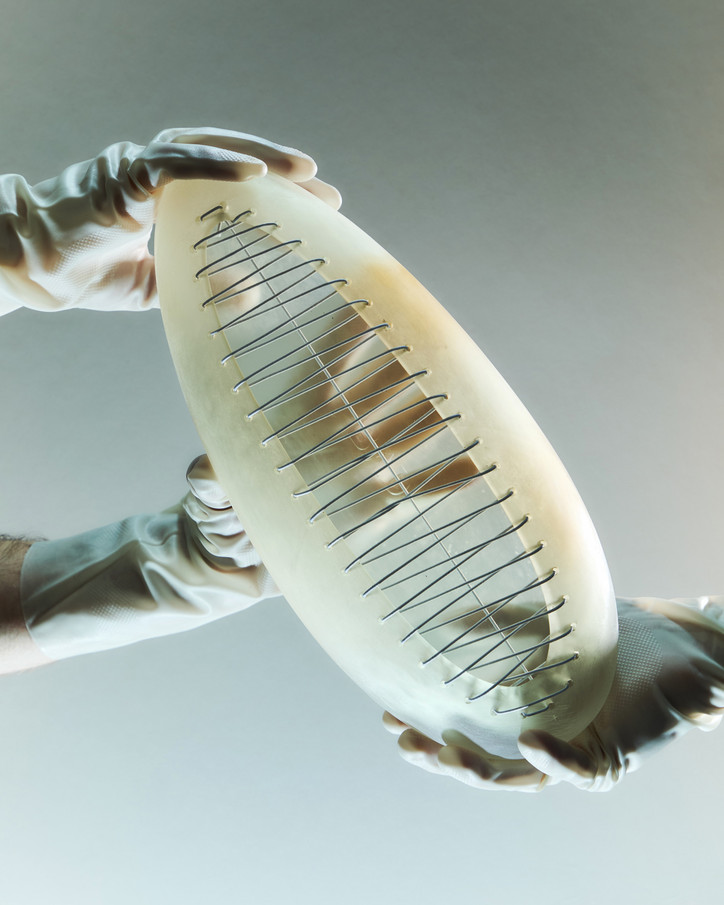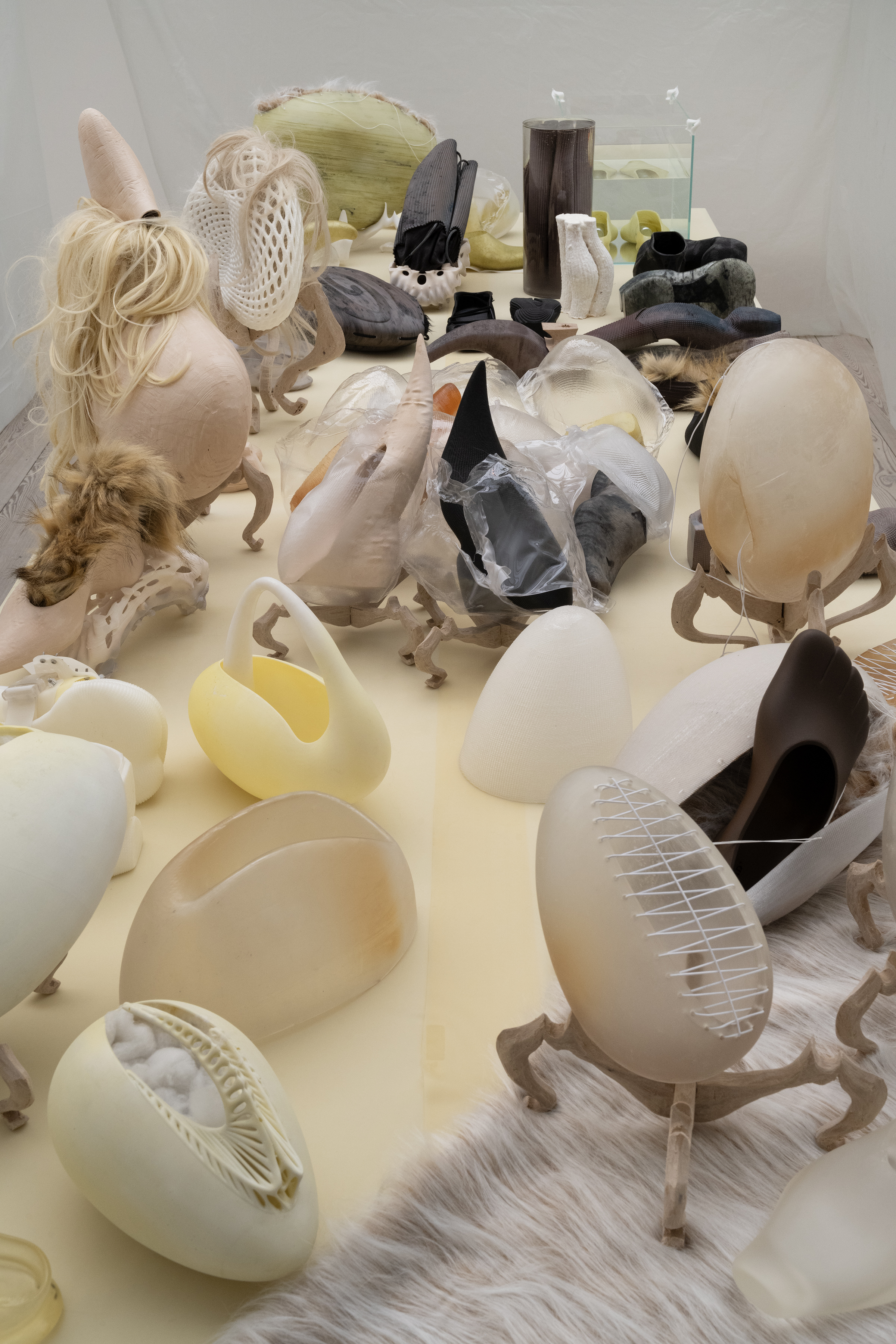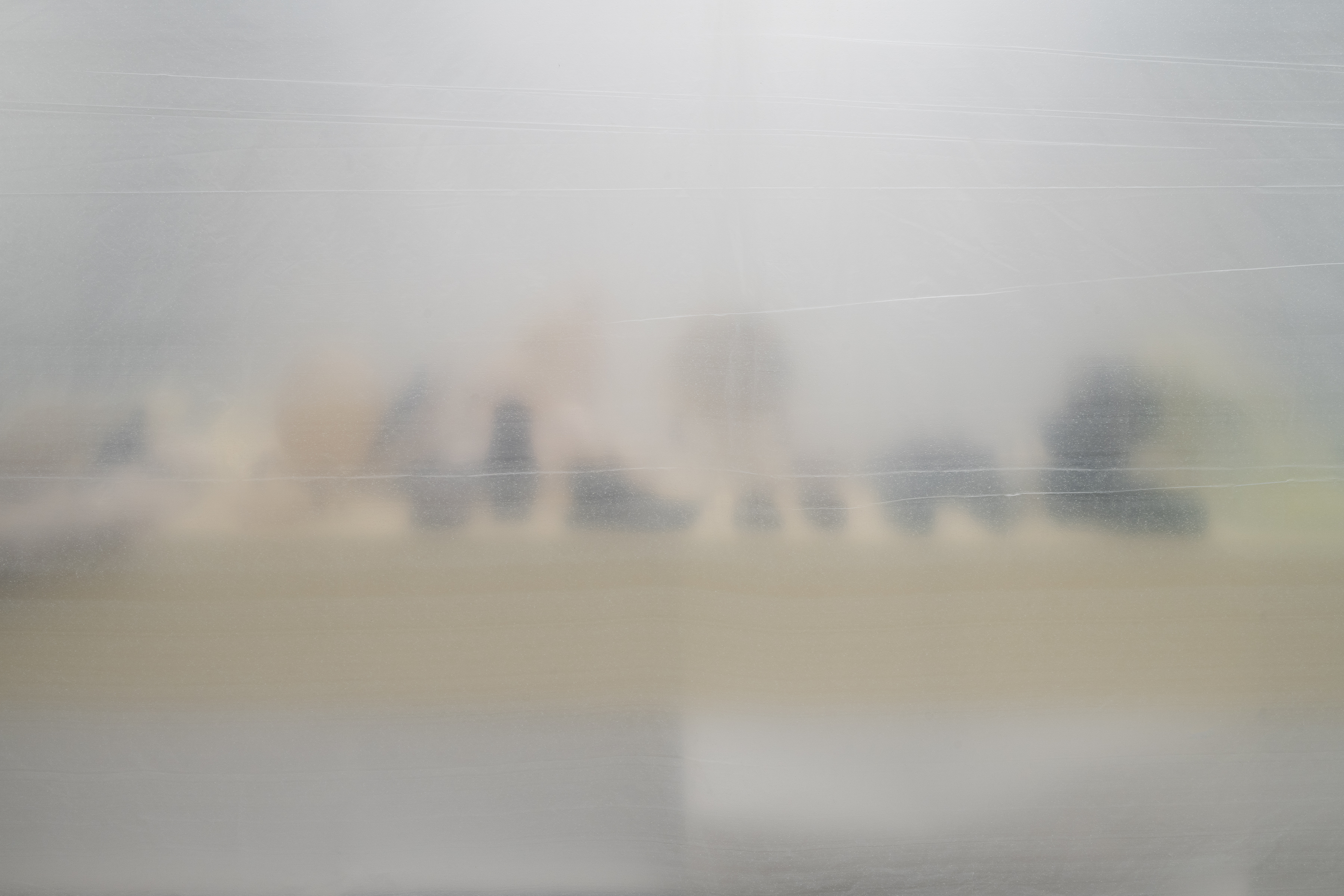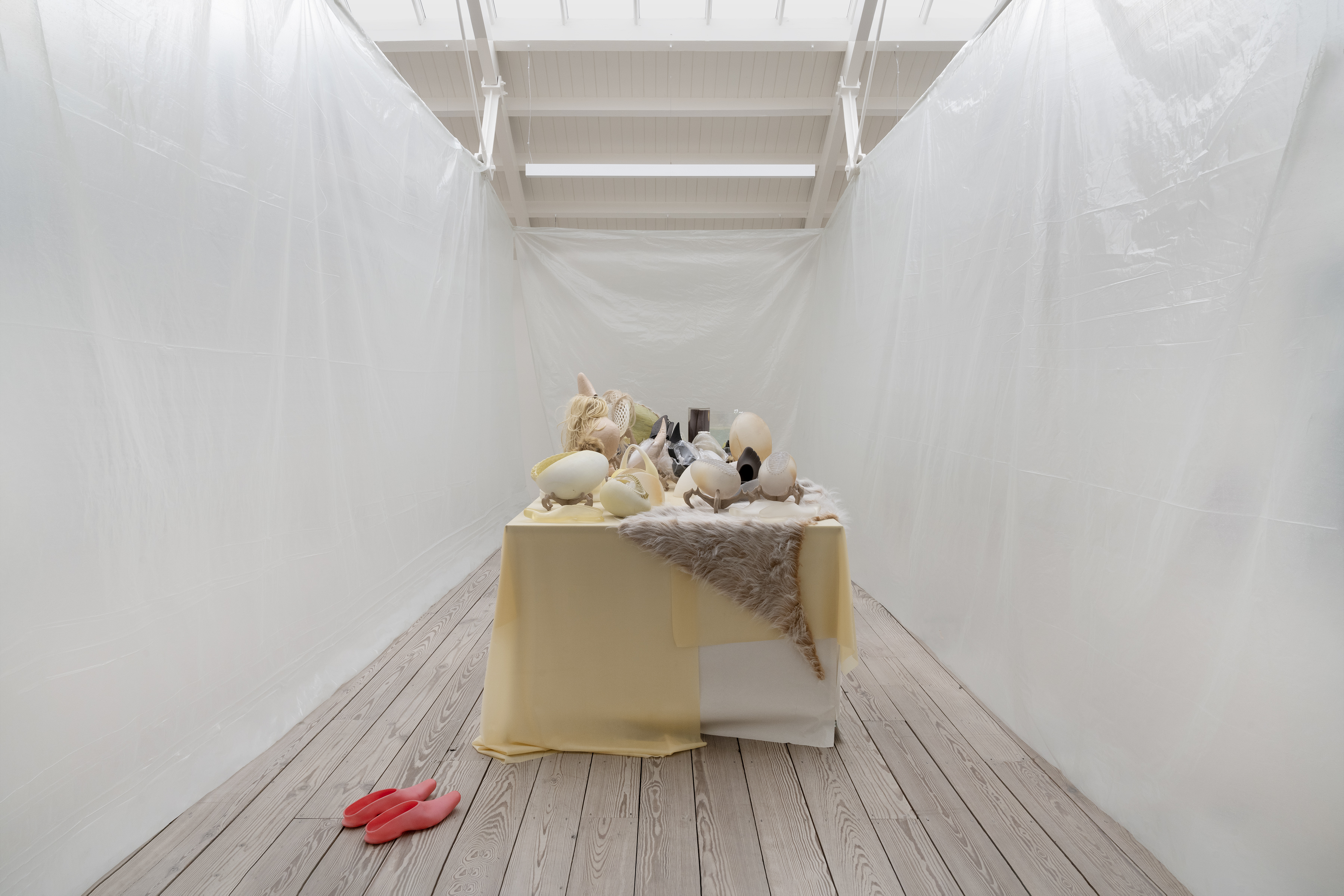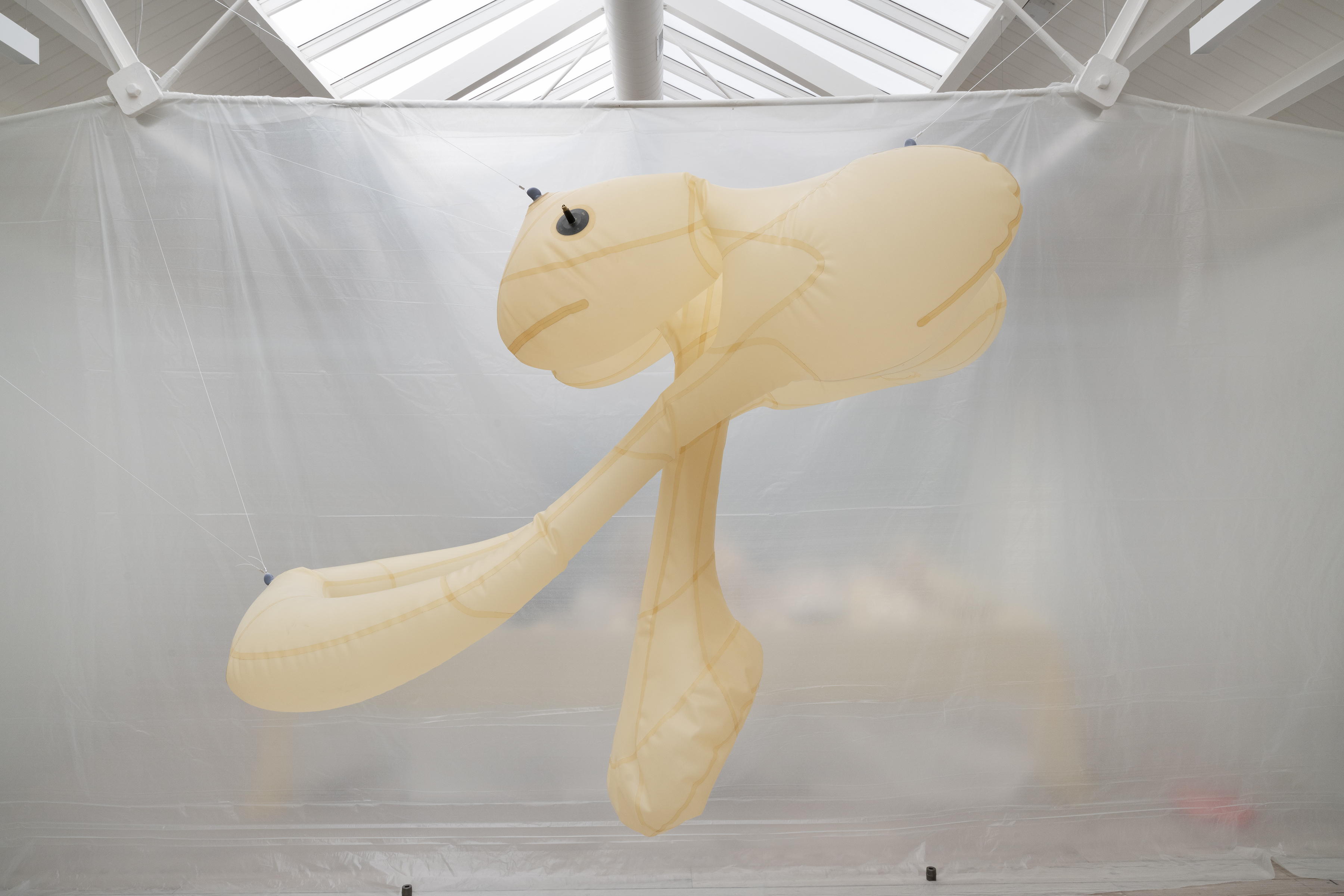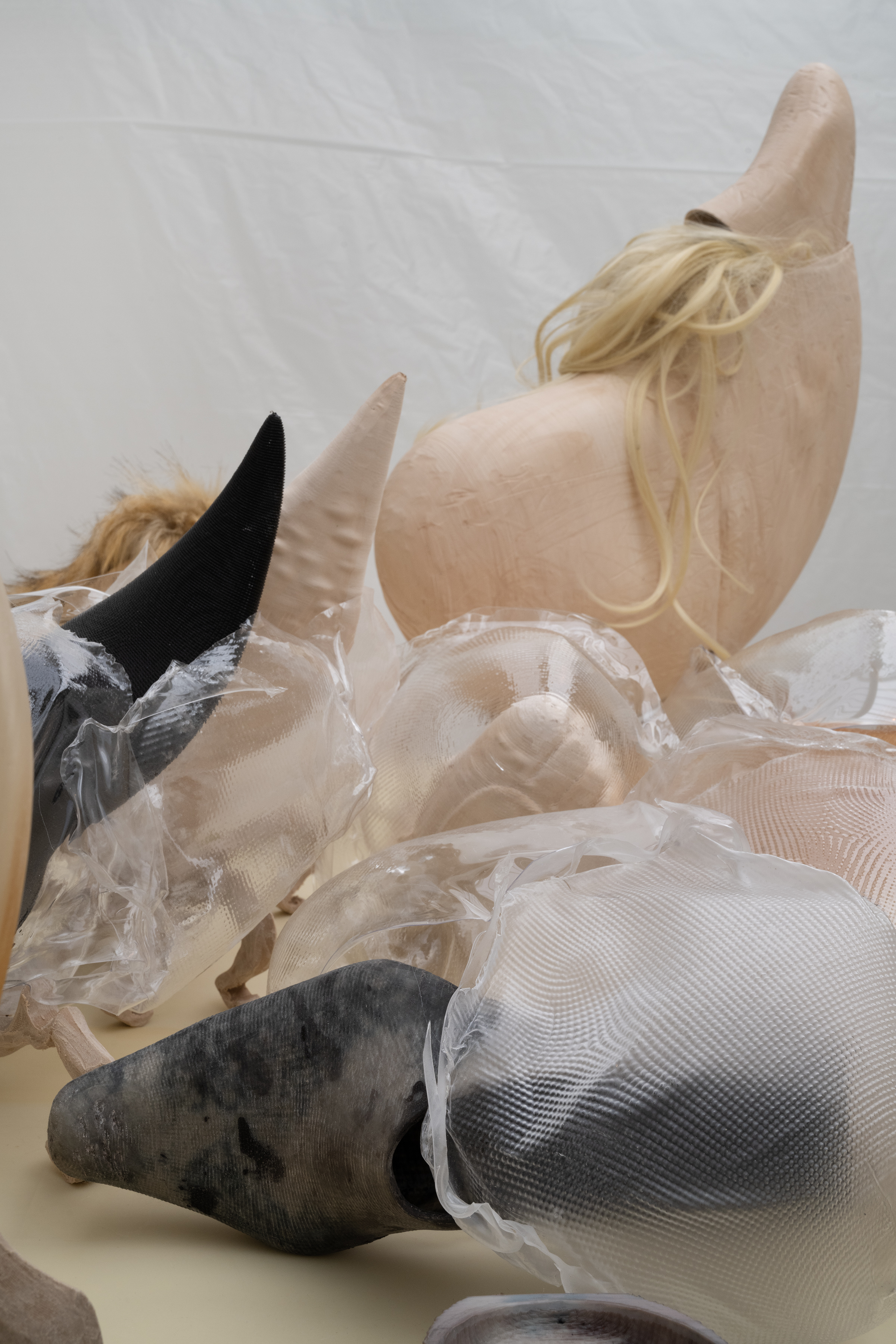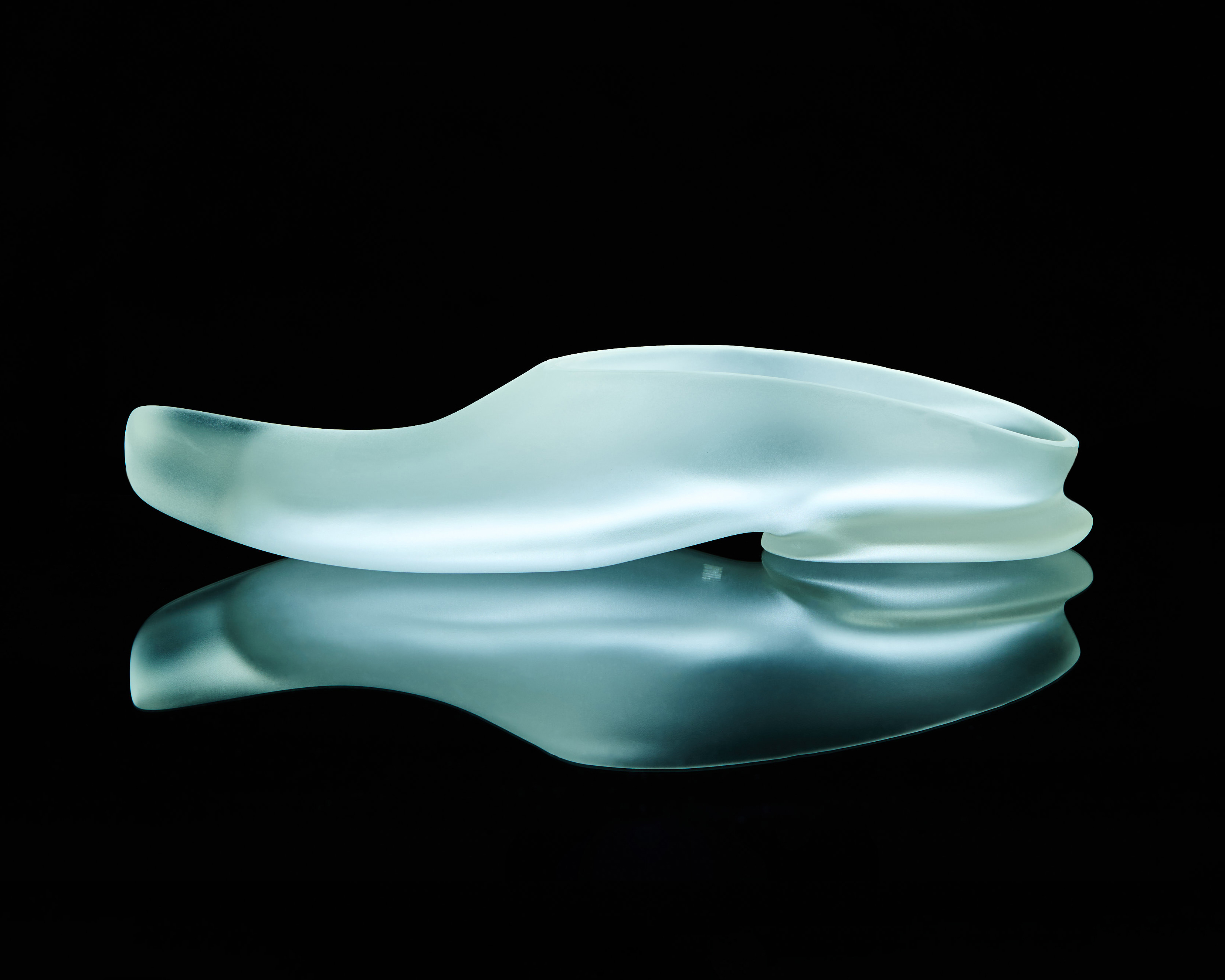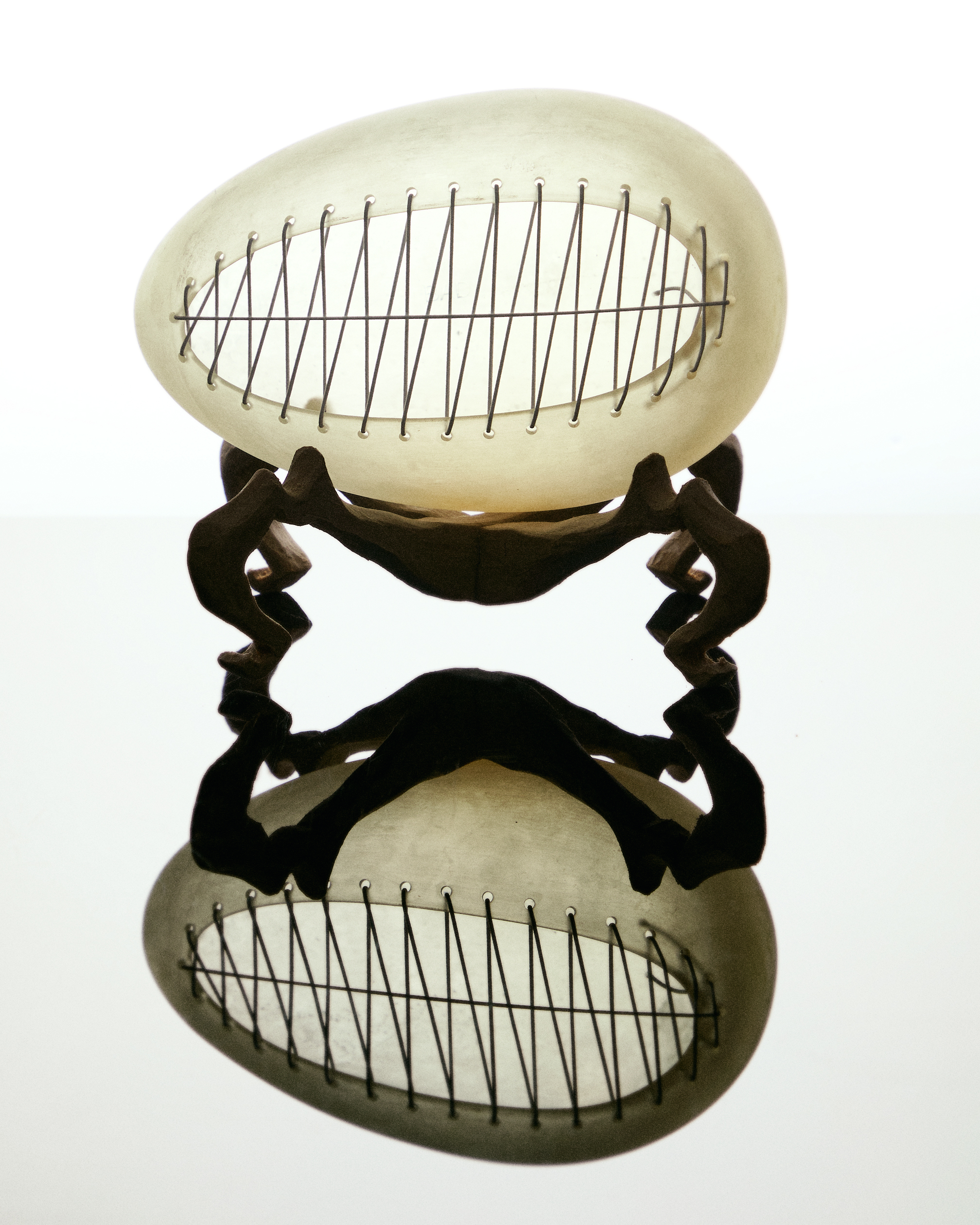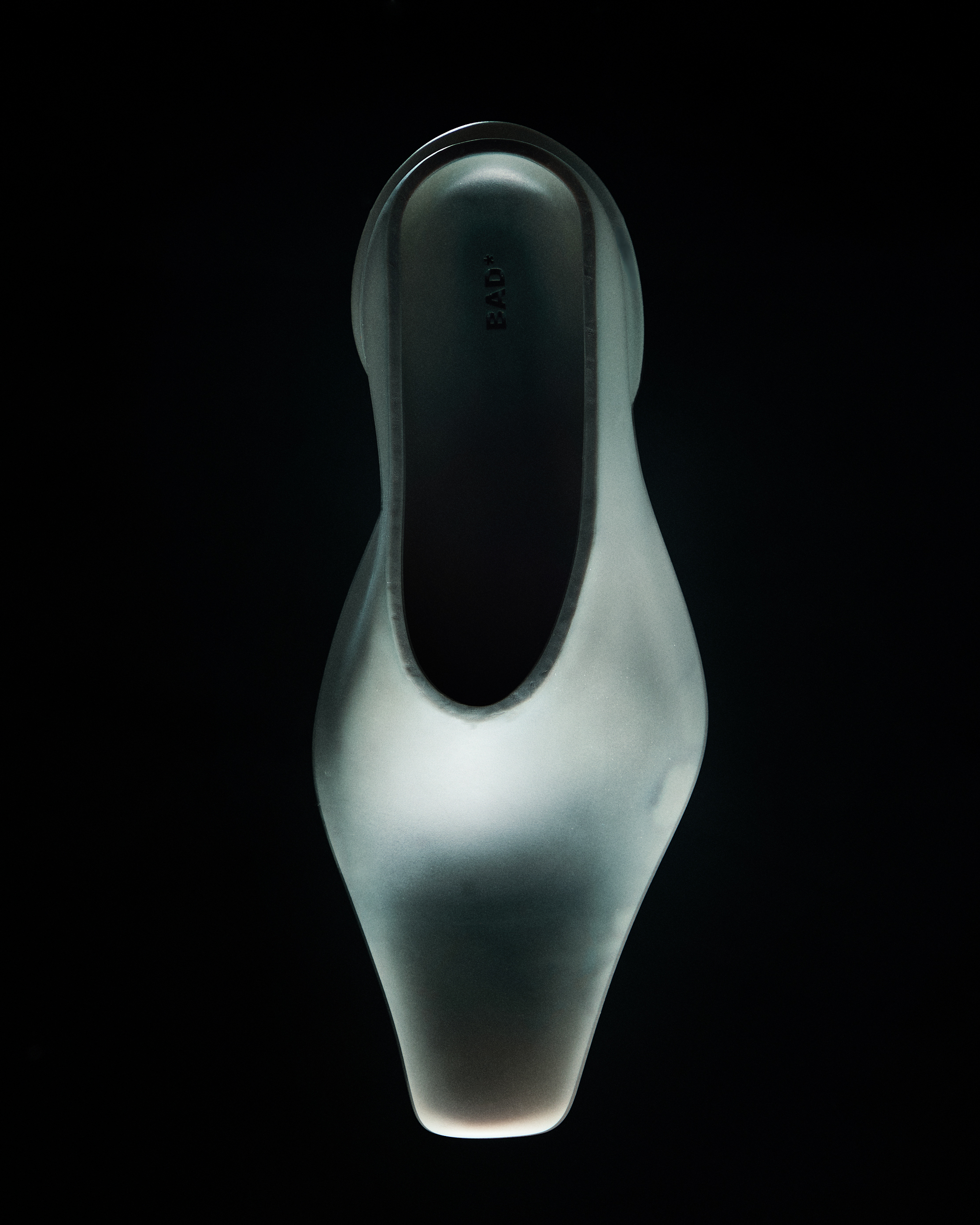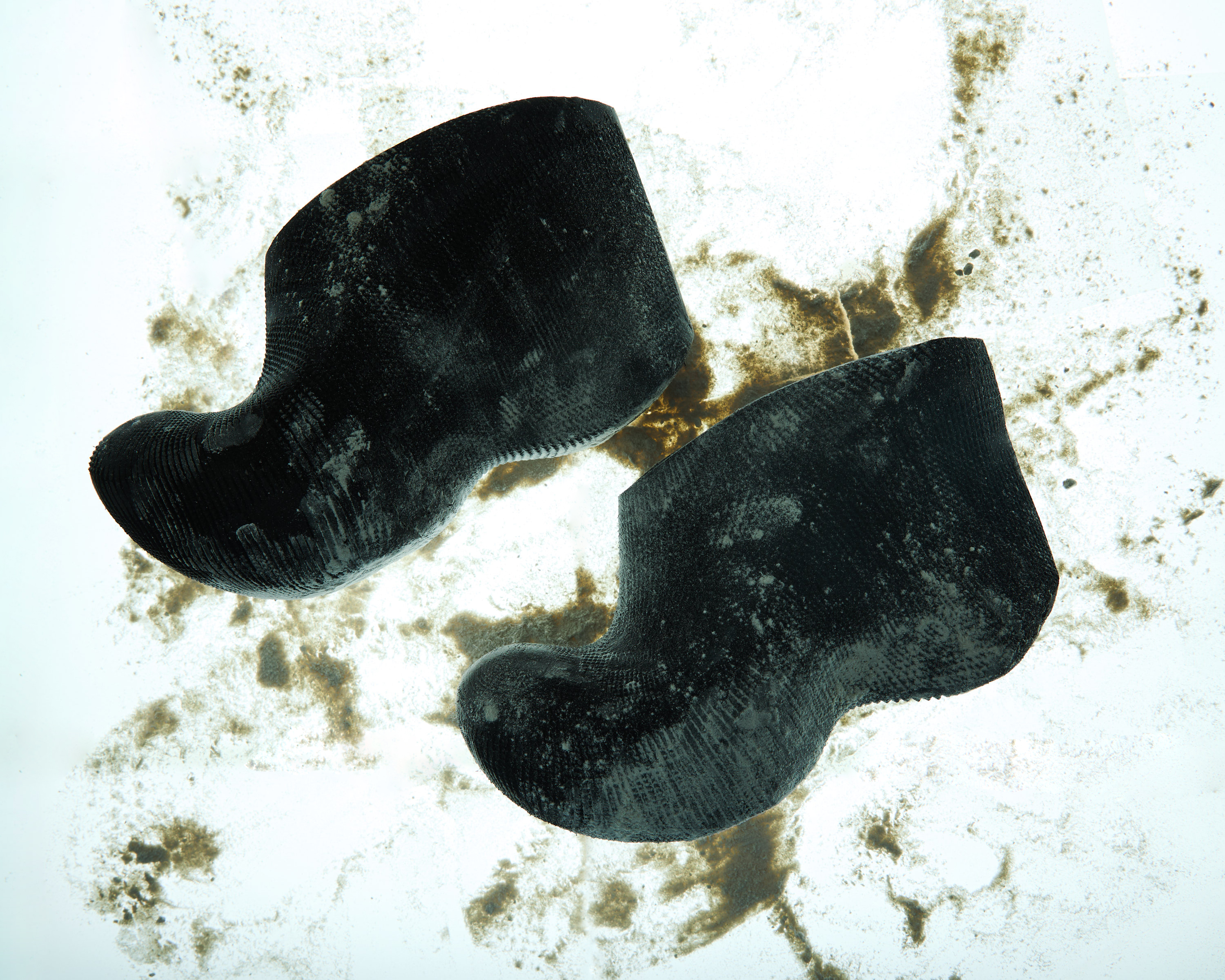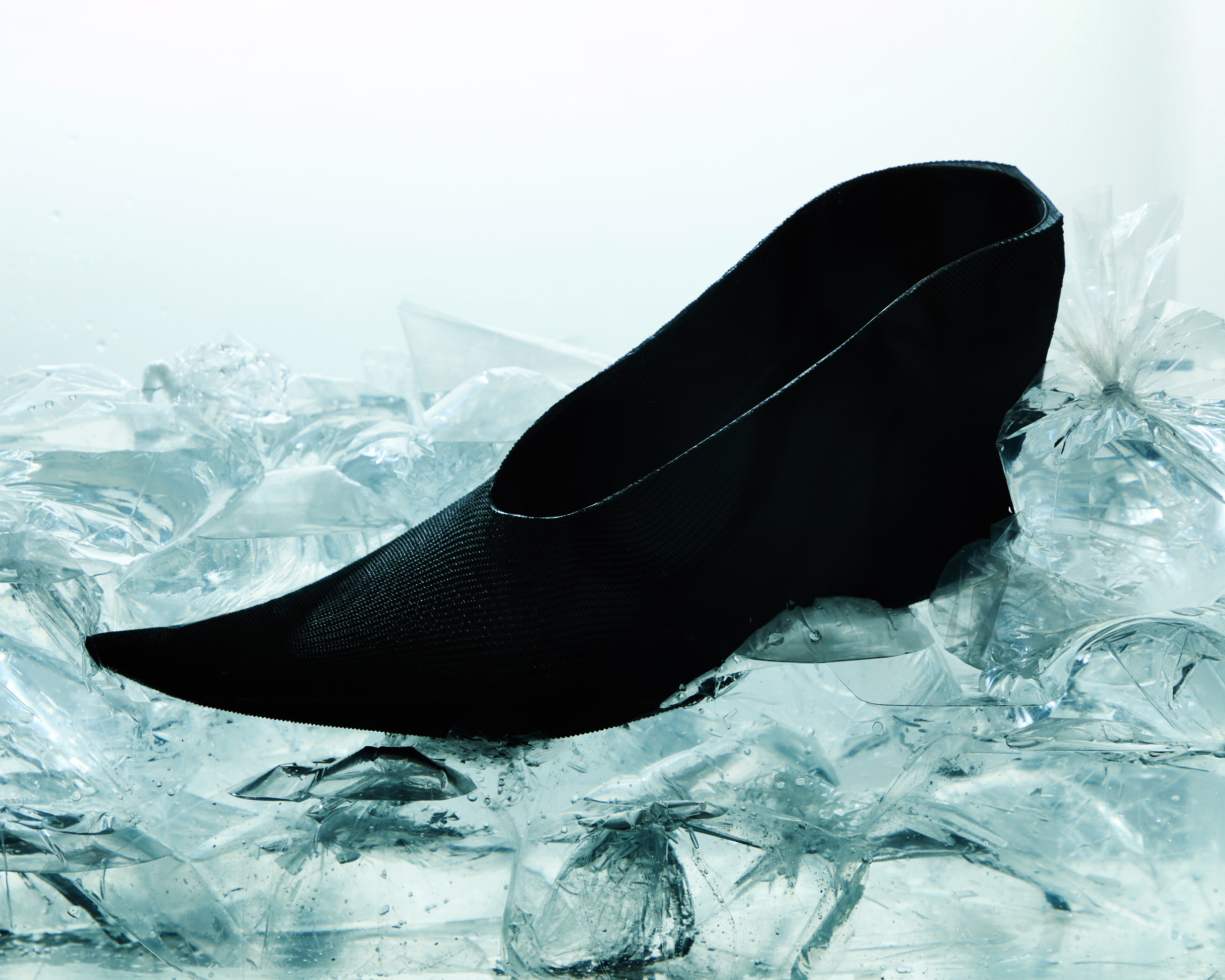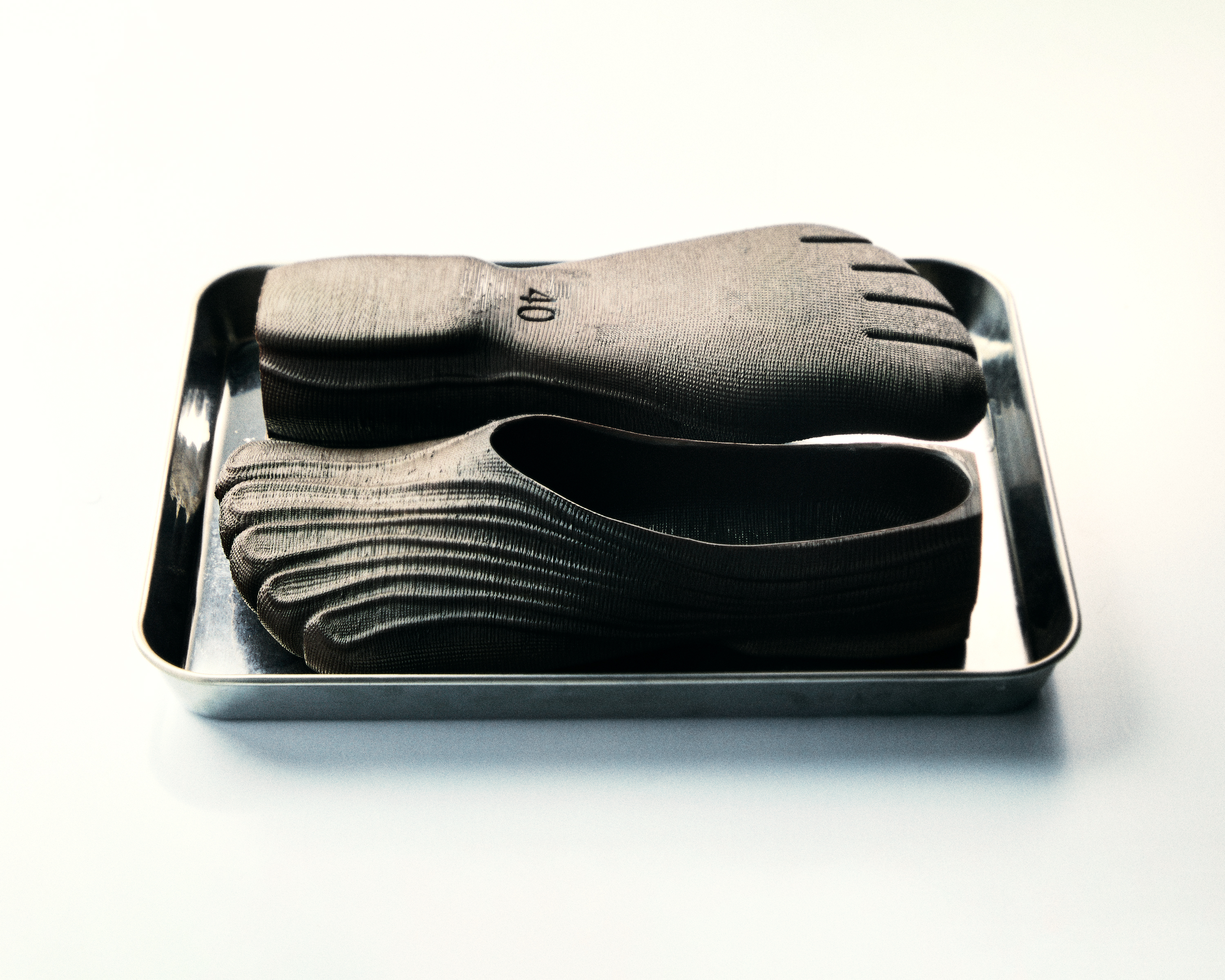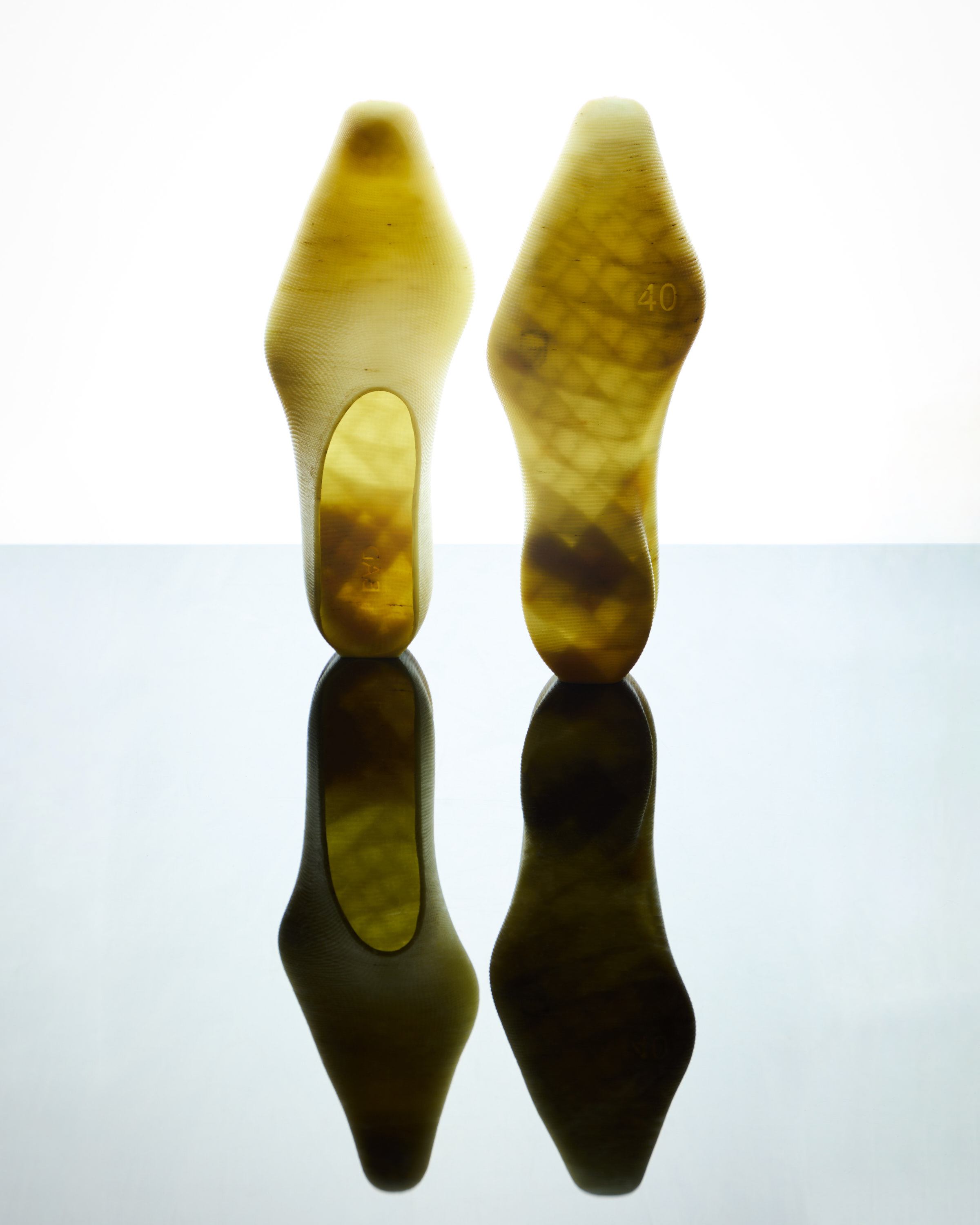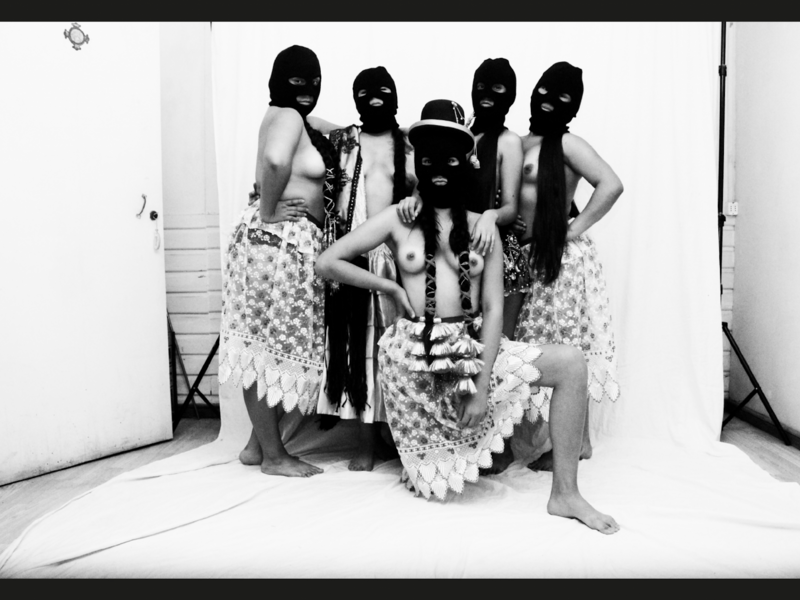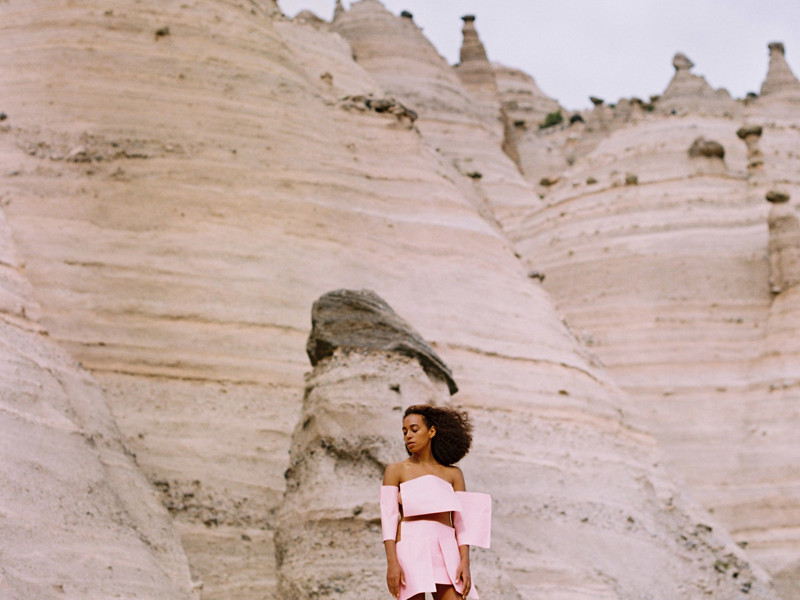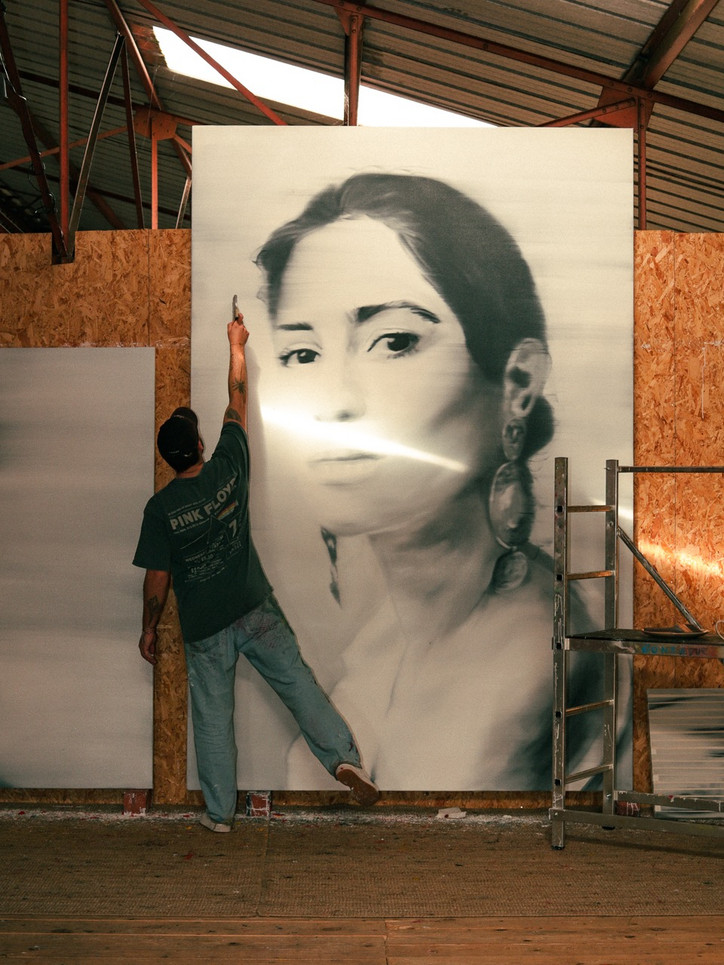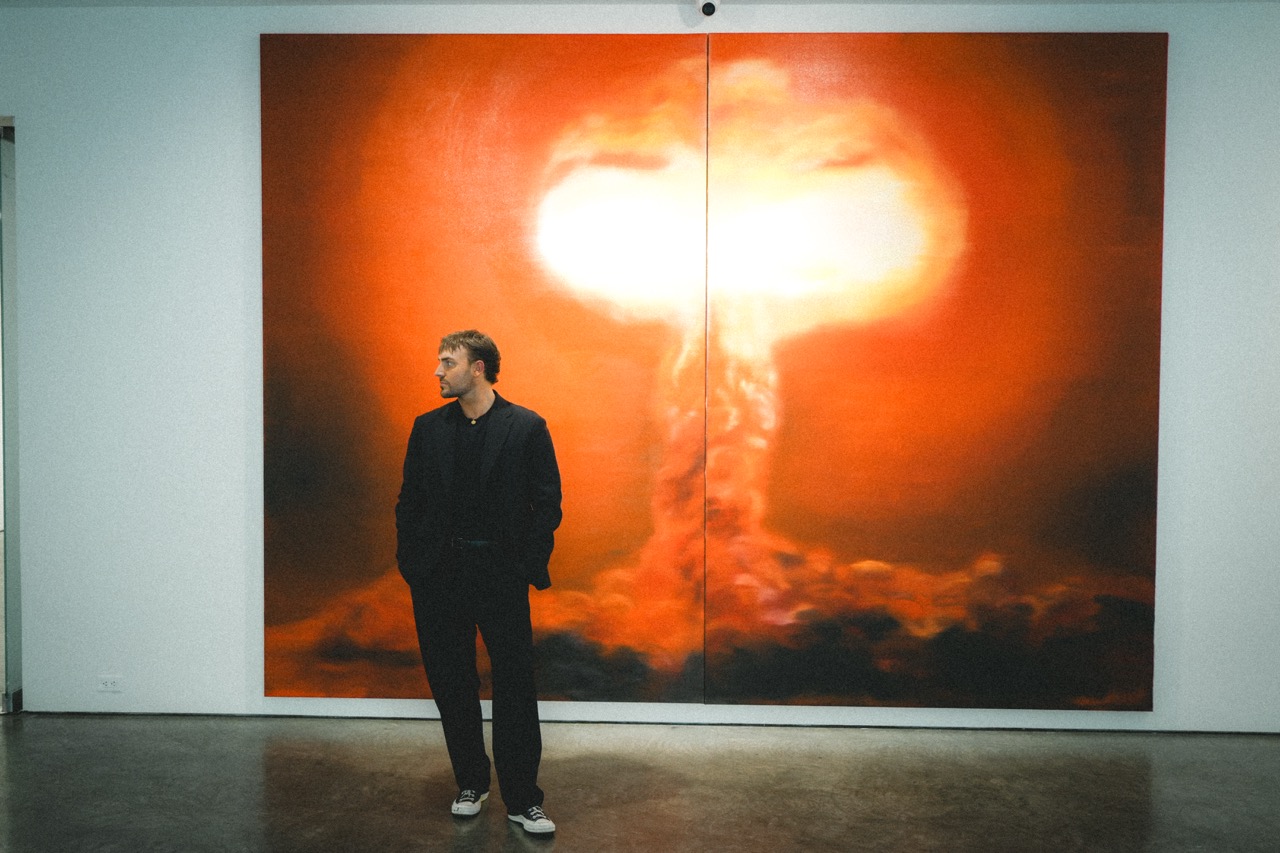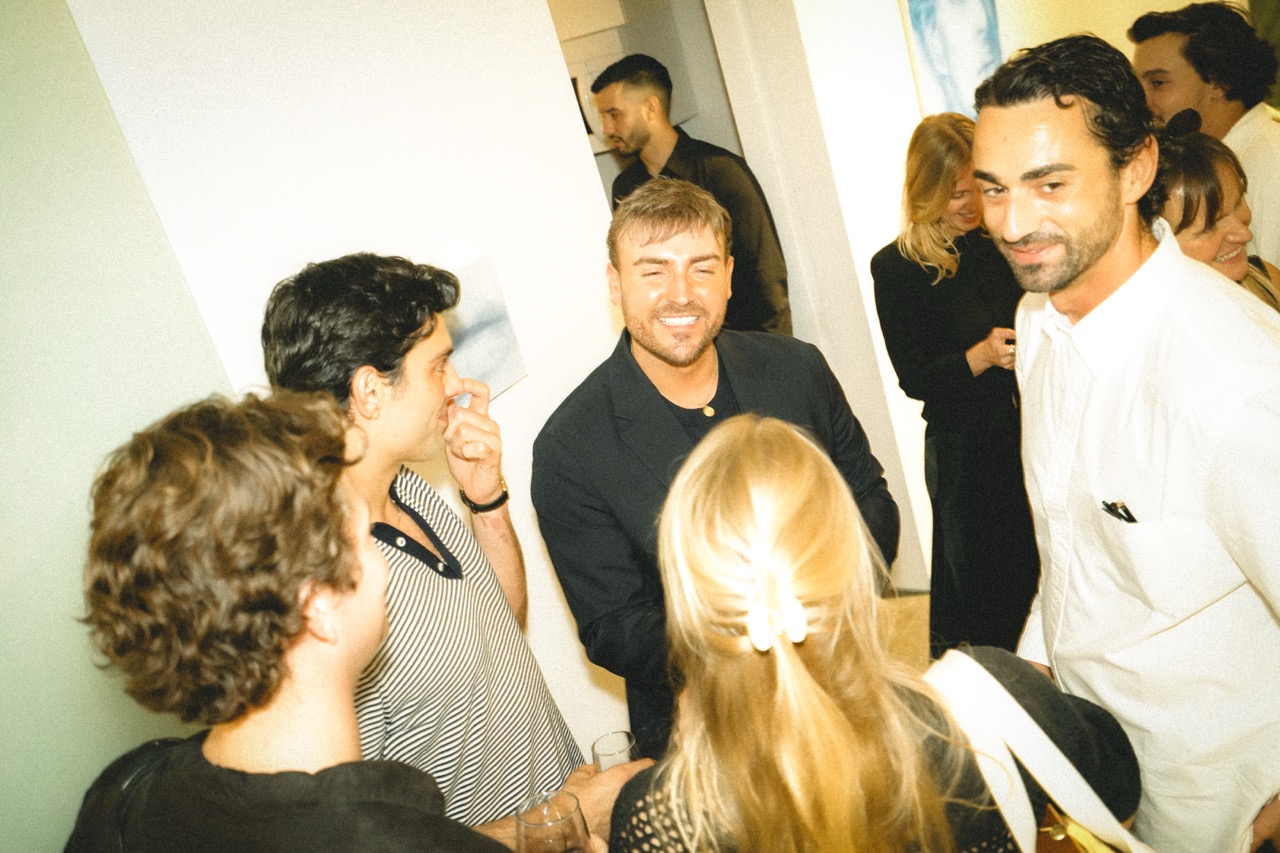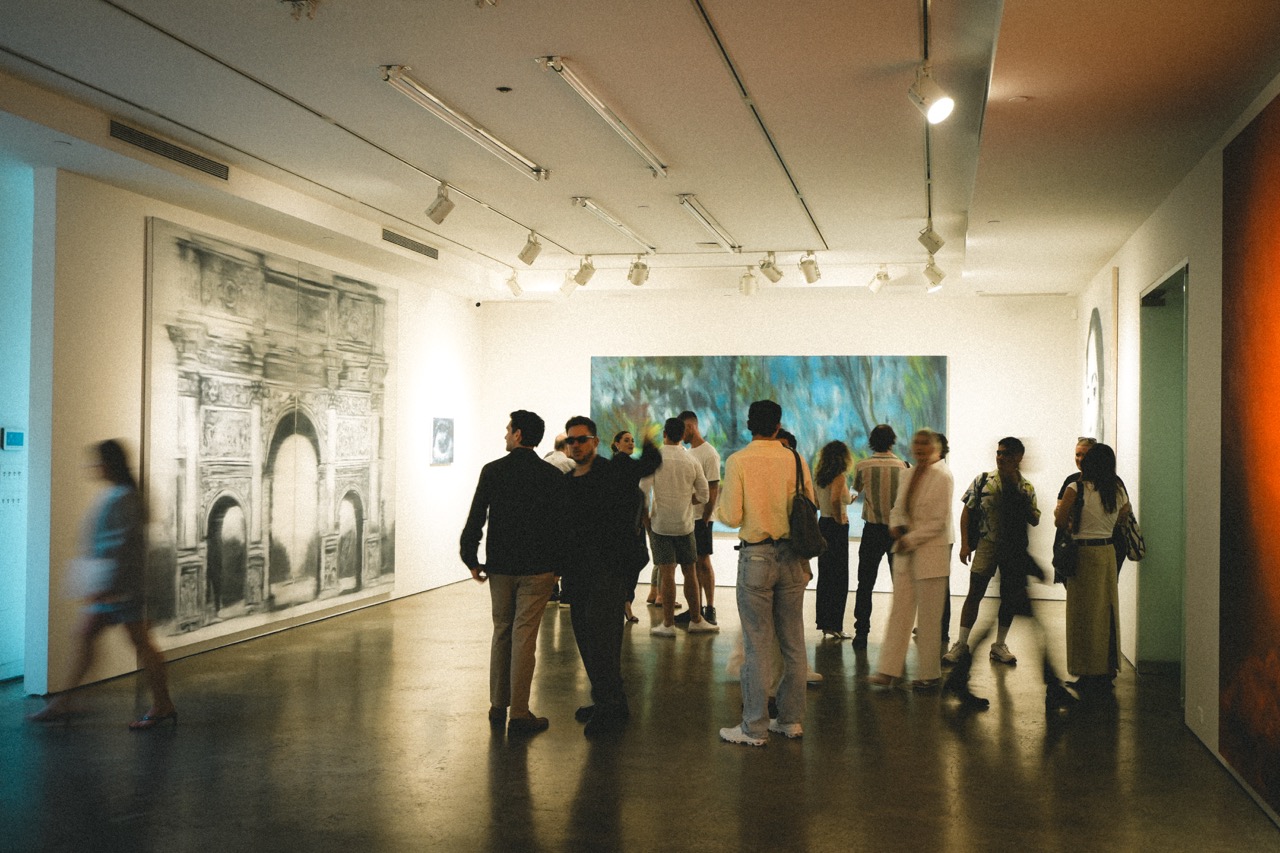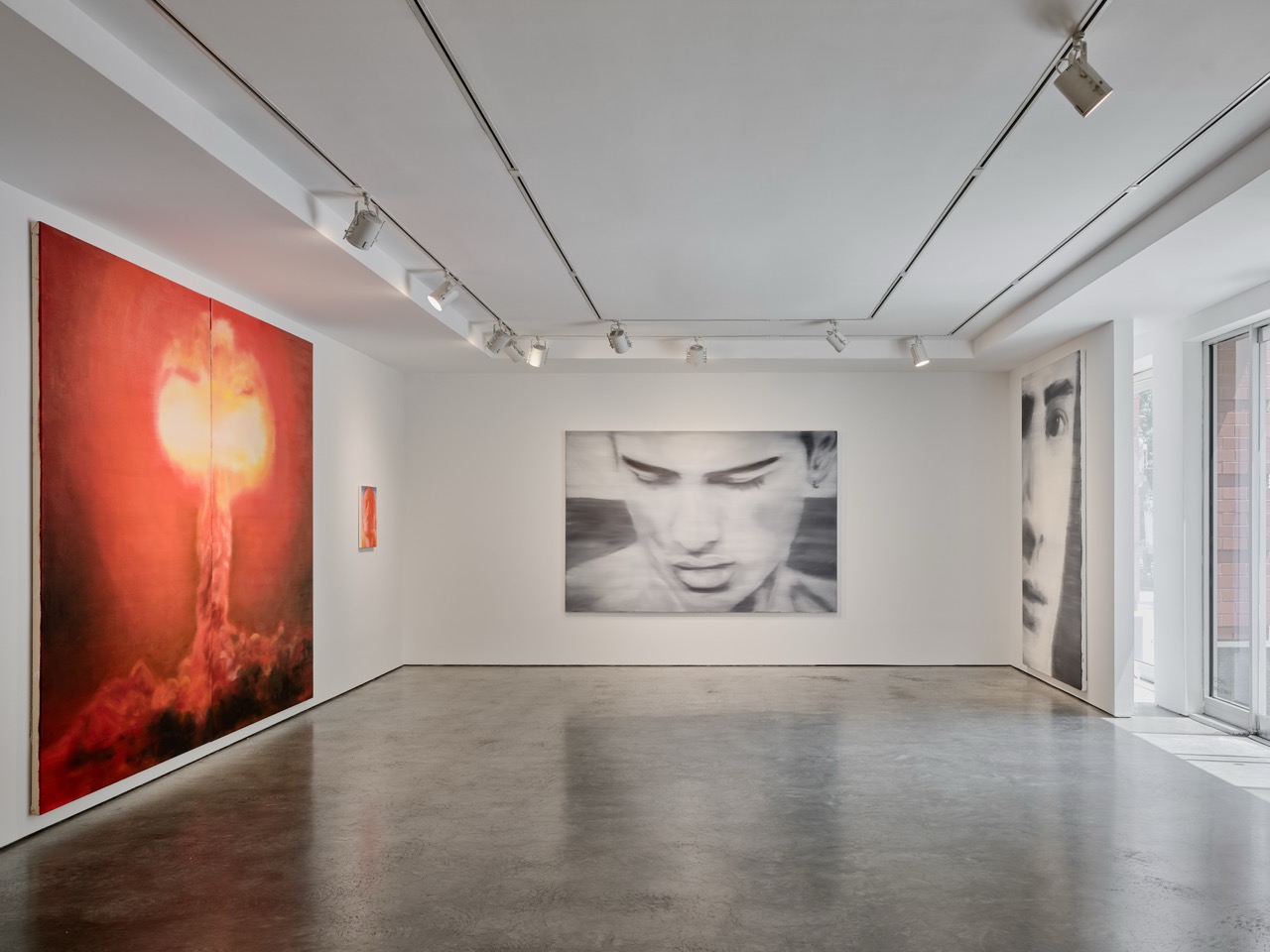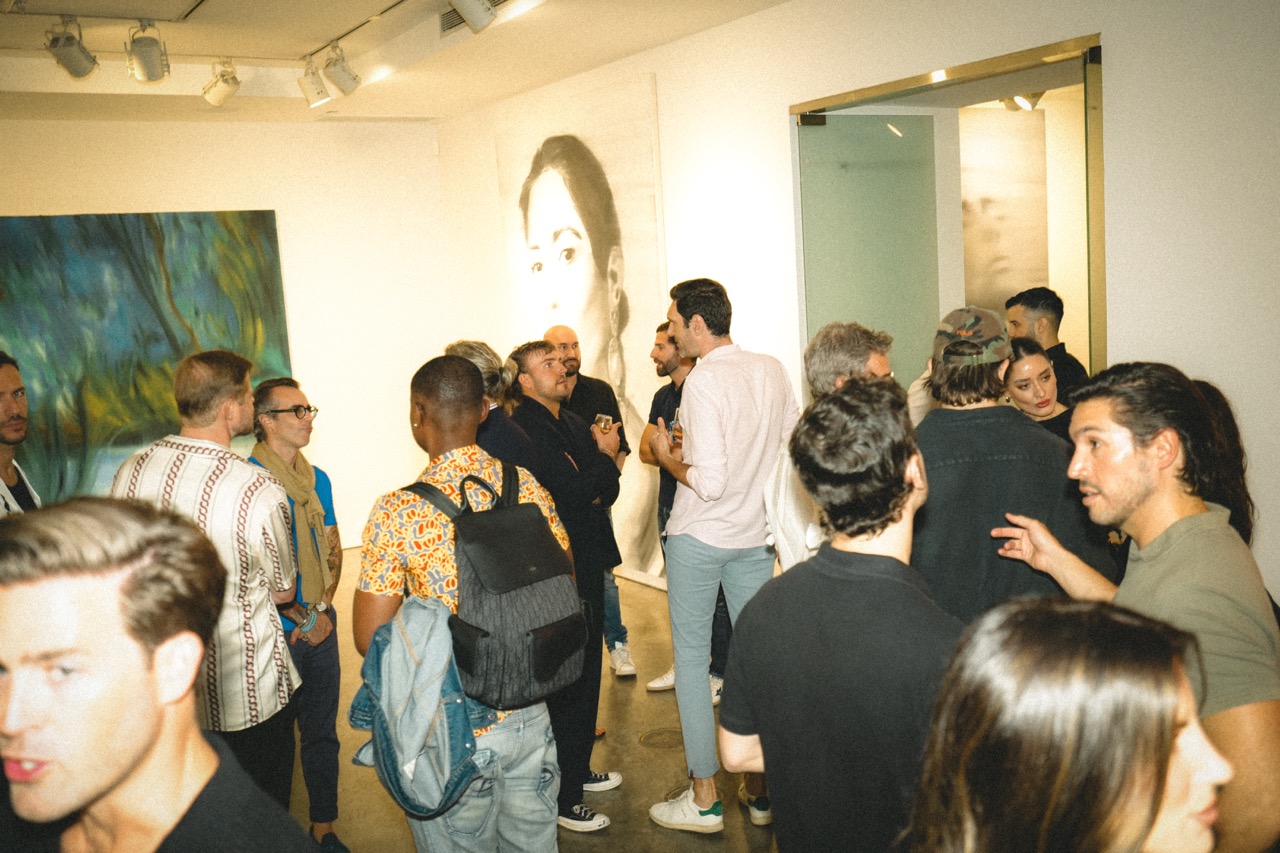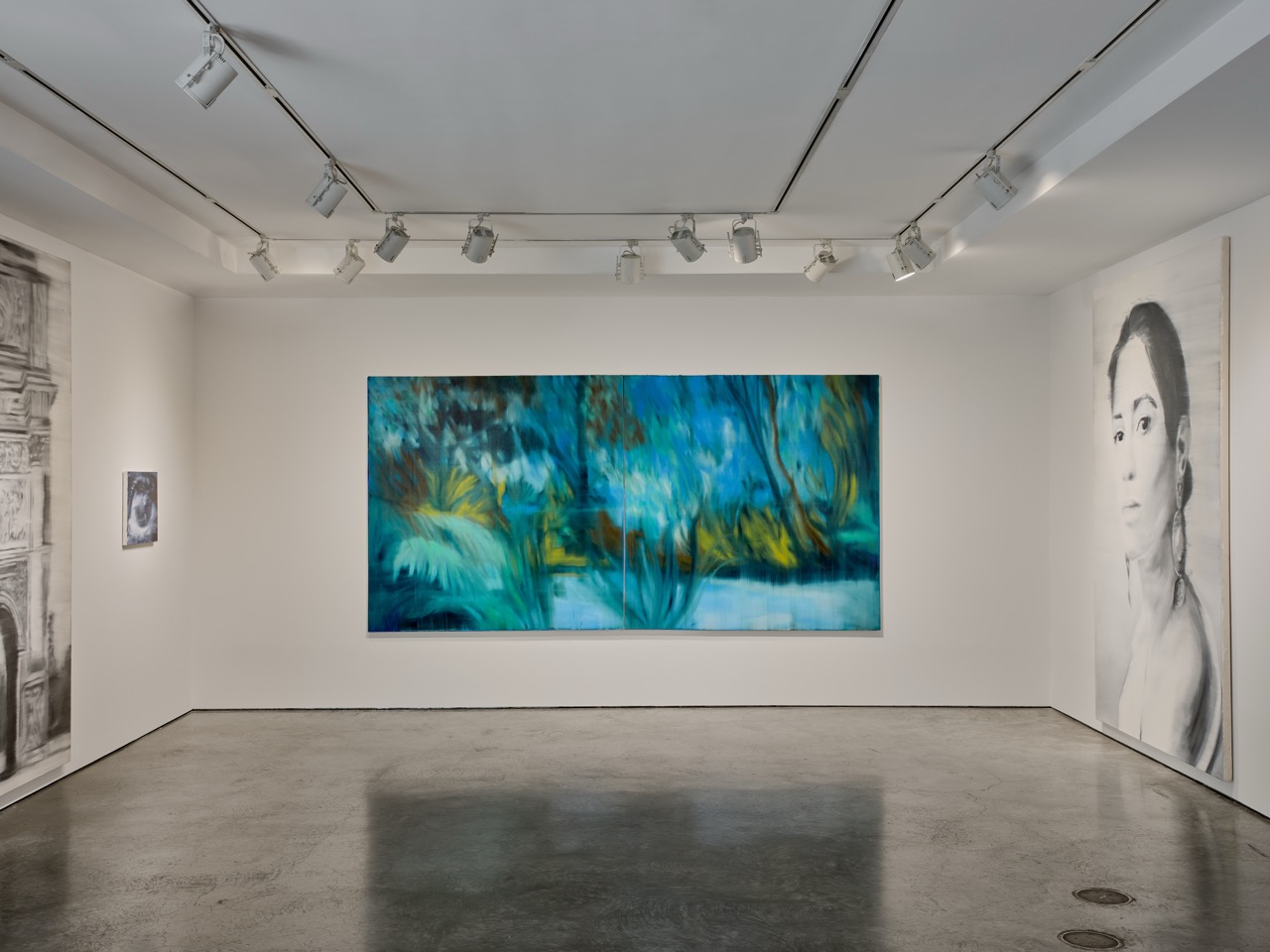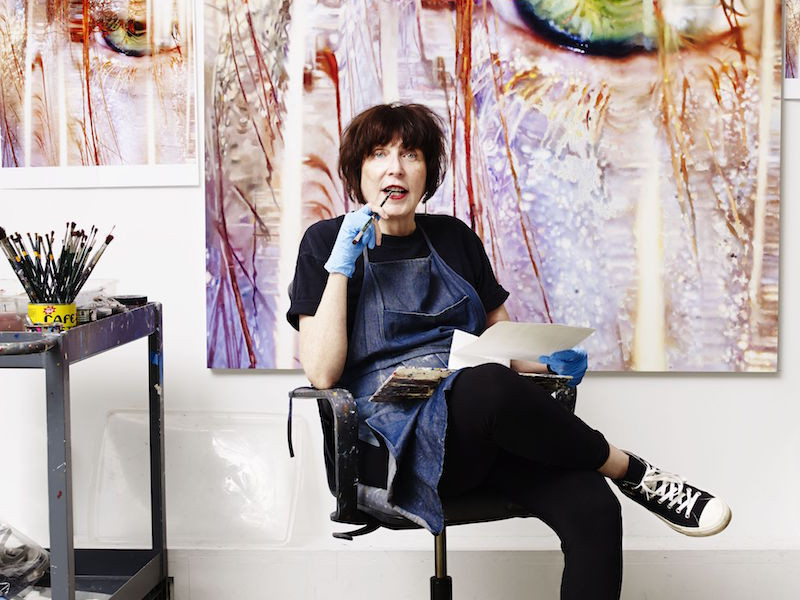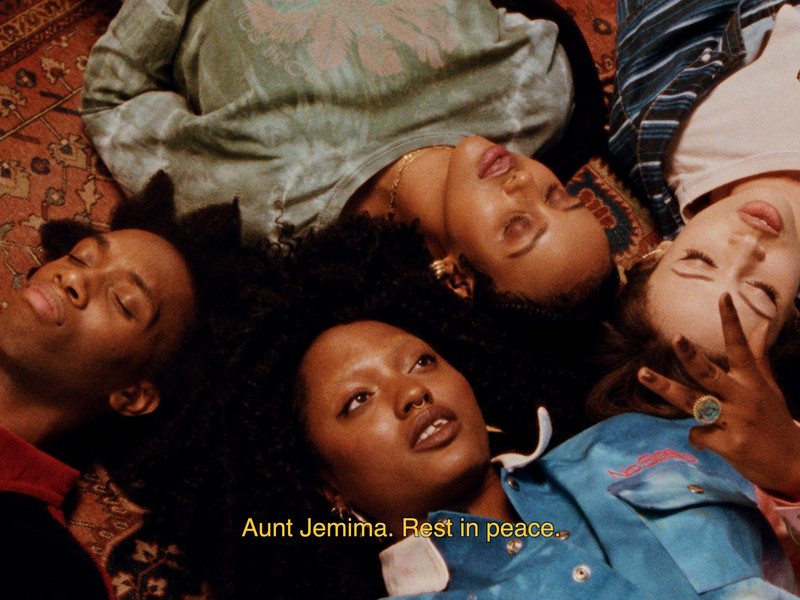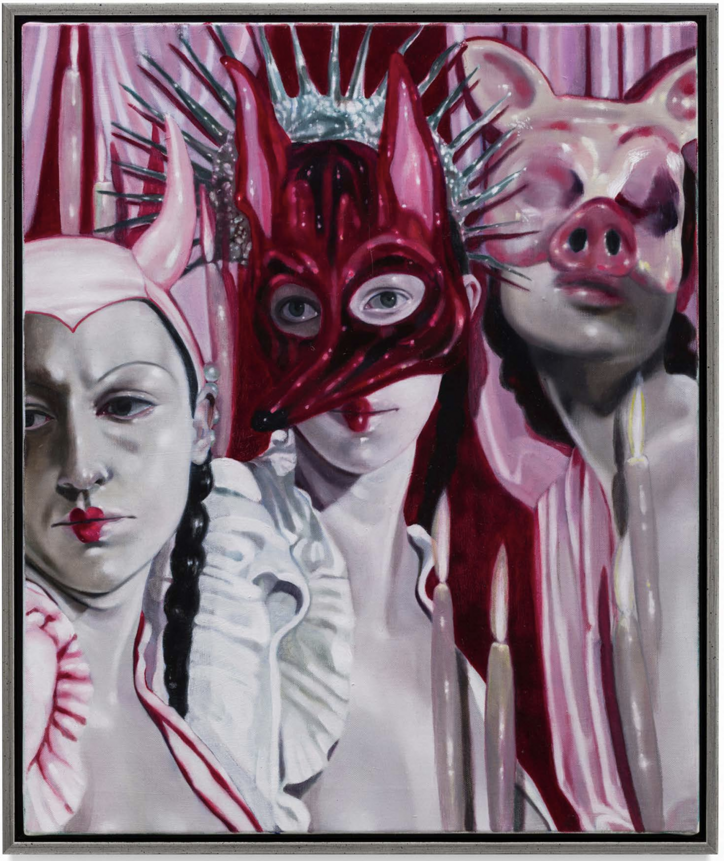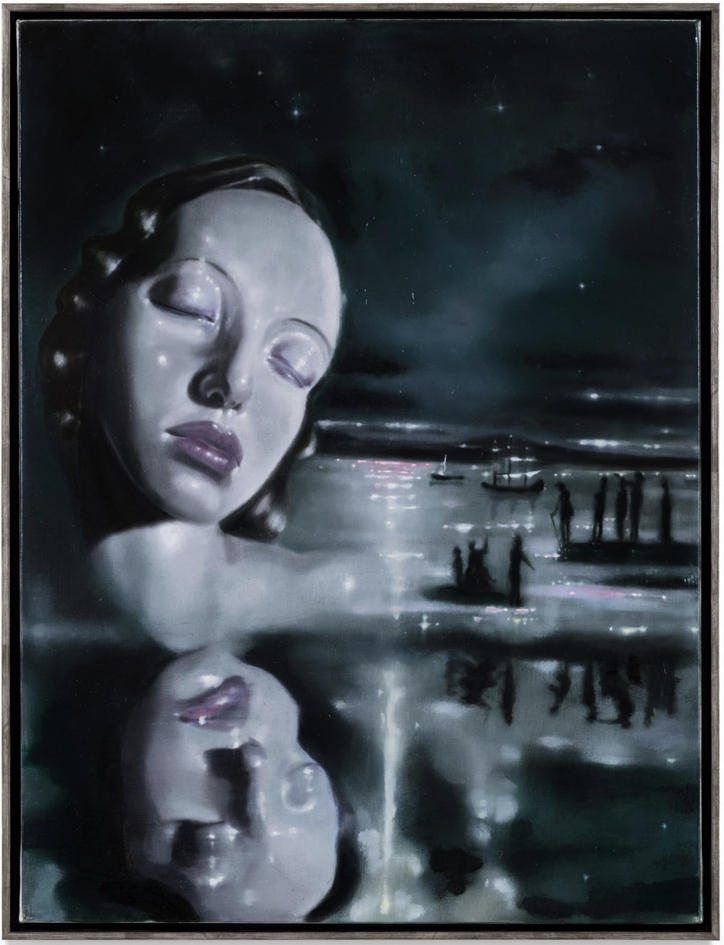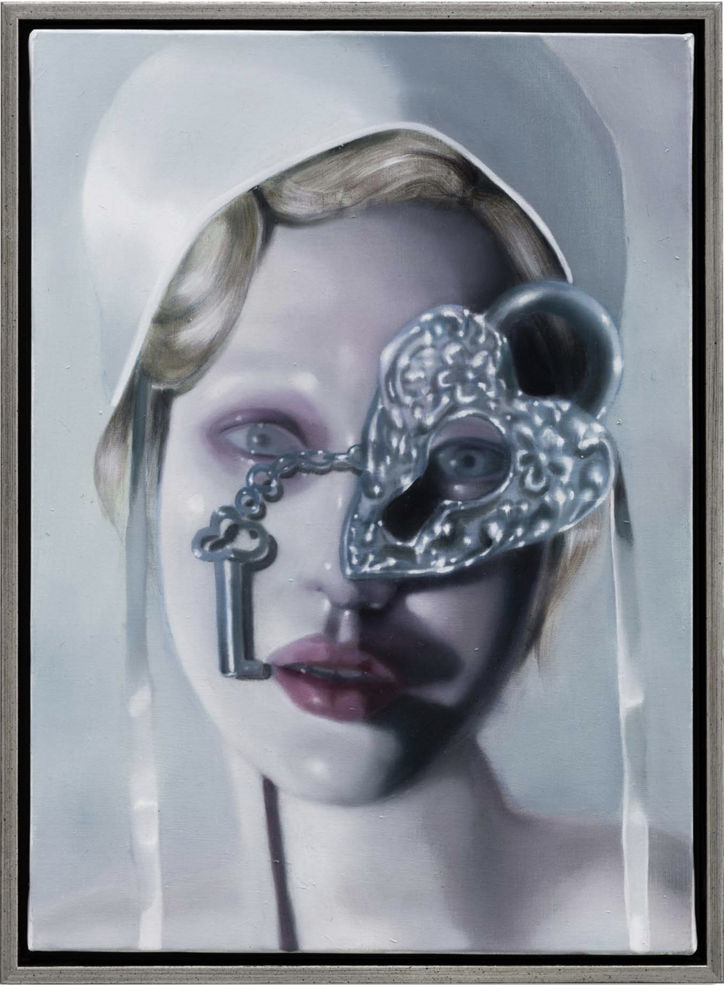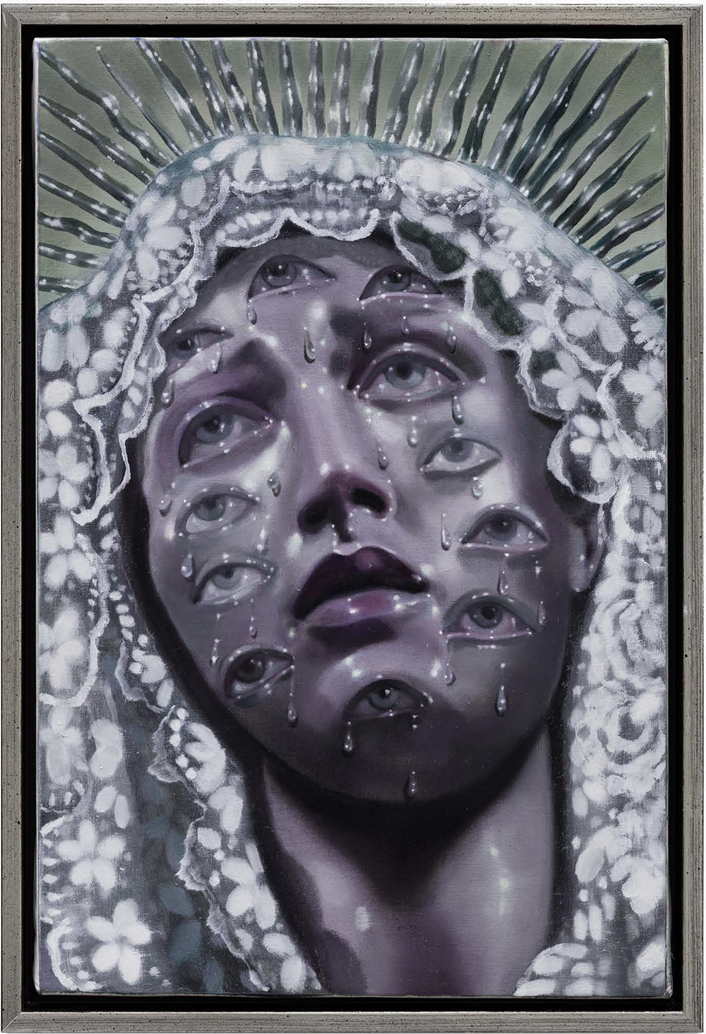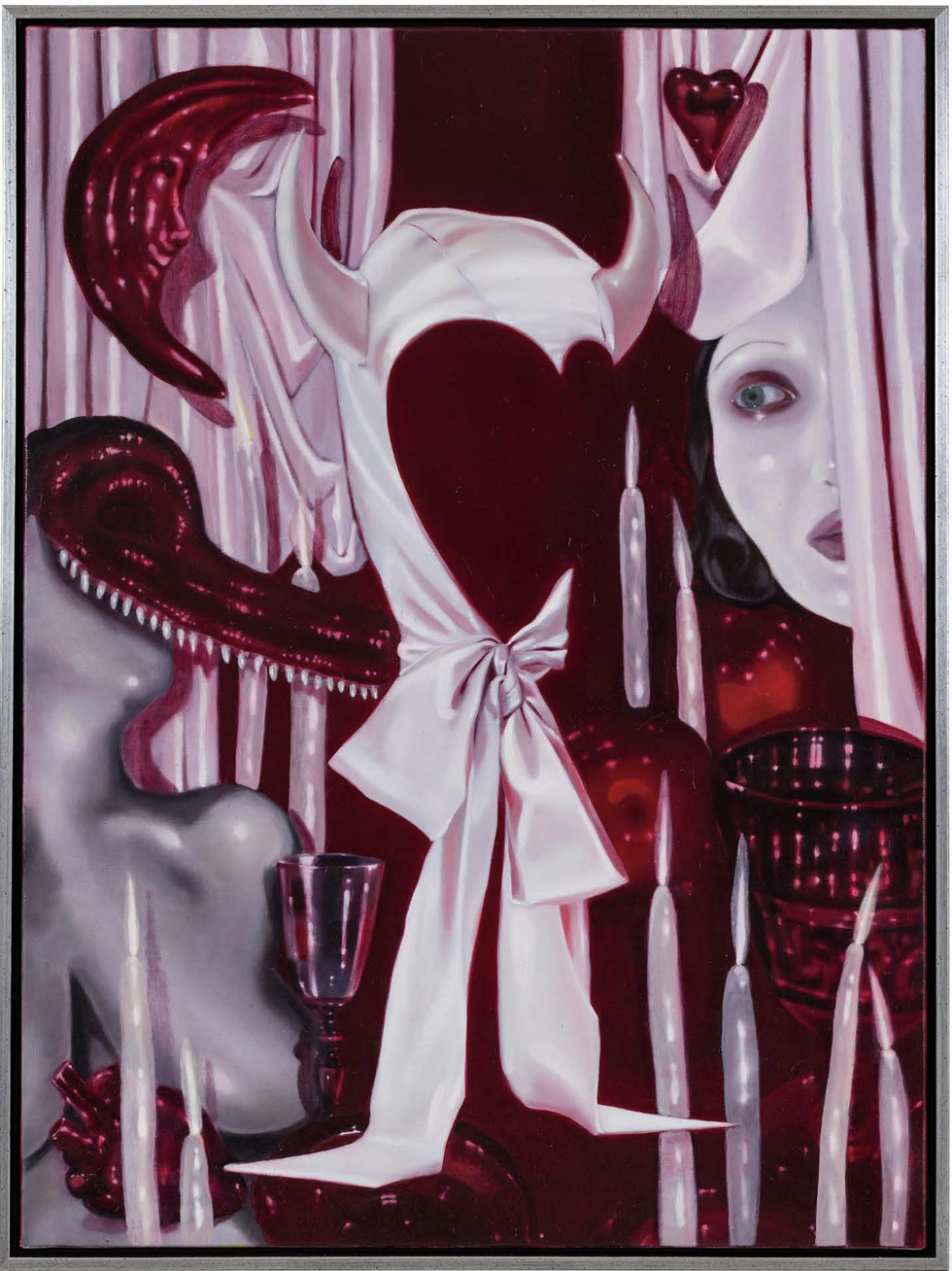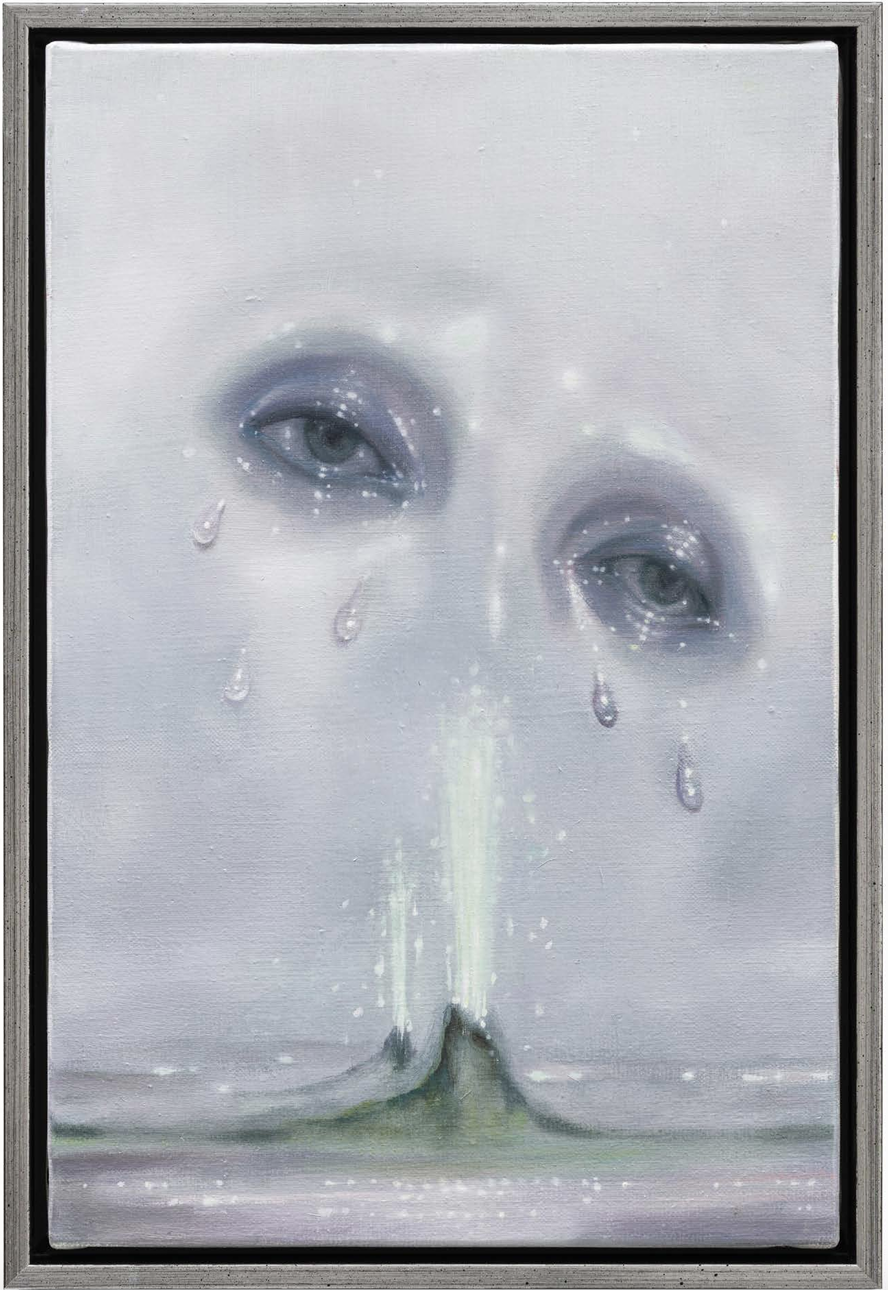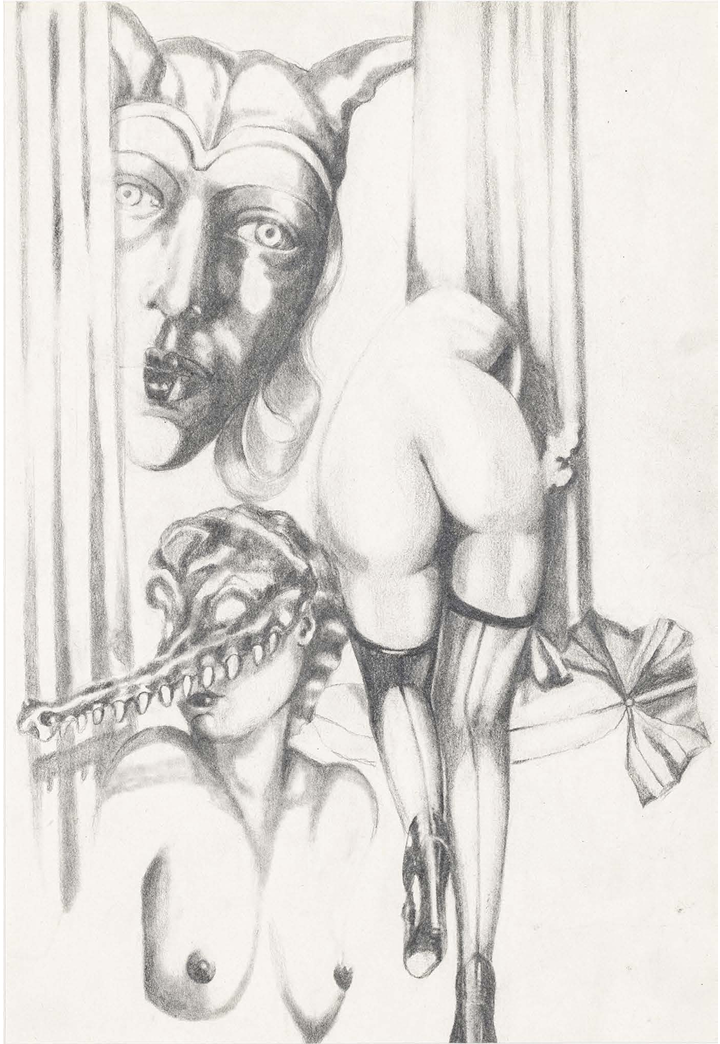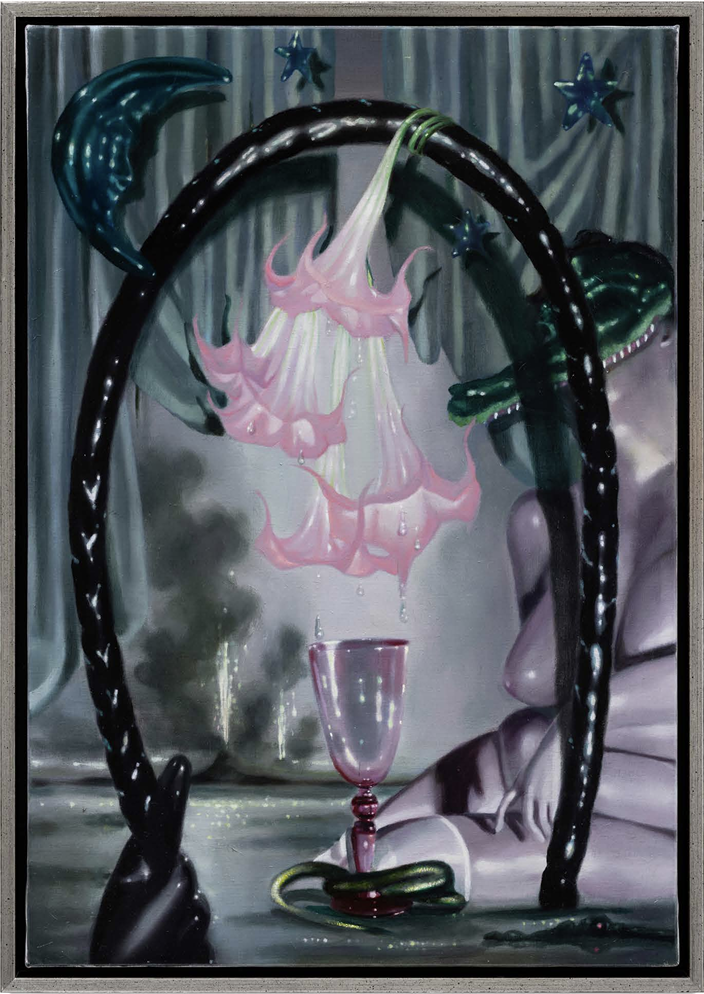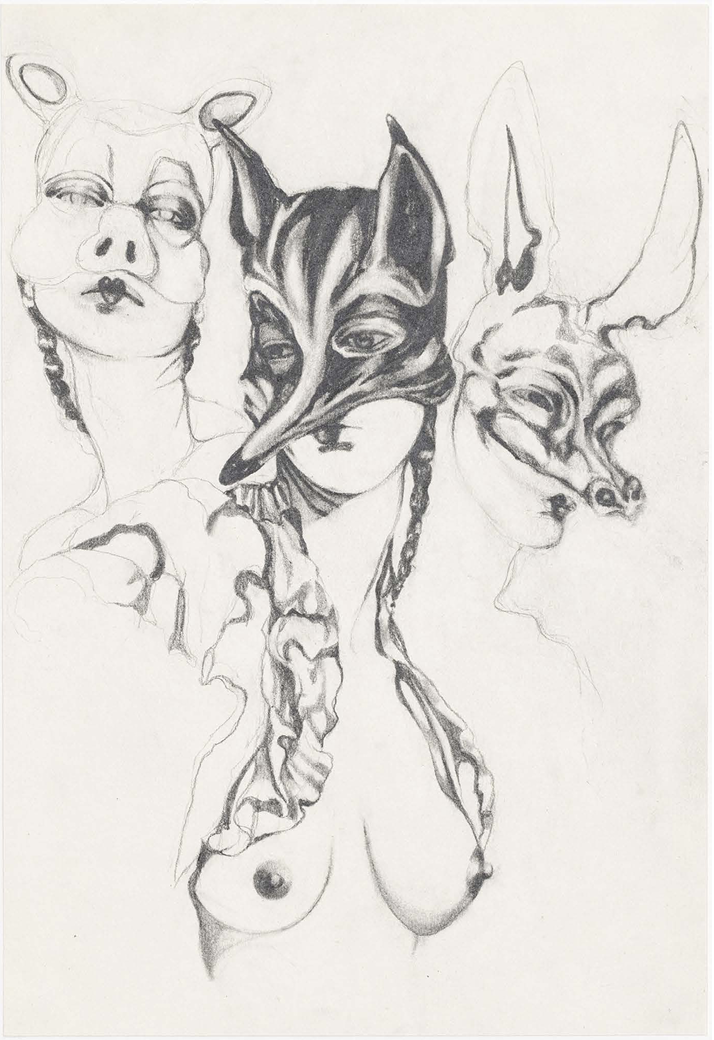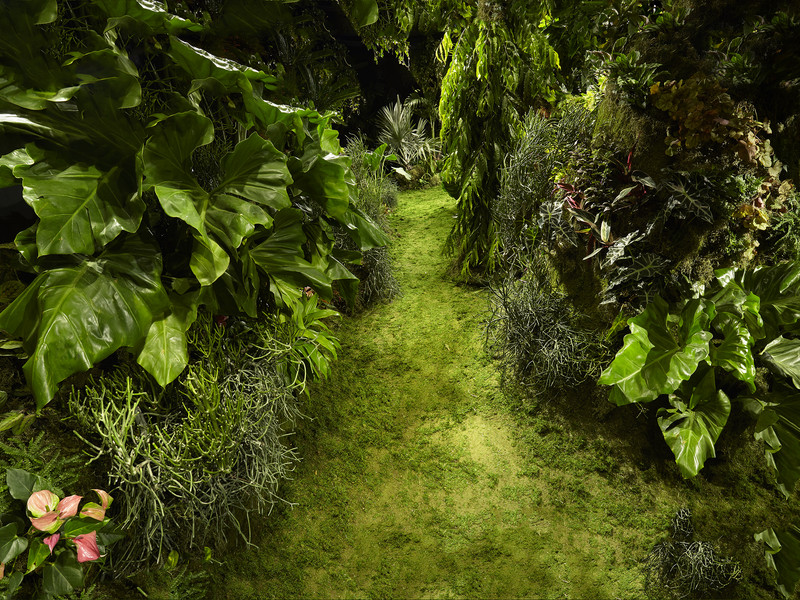A Language Without Words
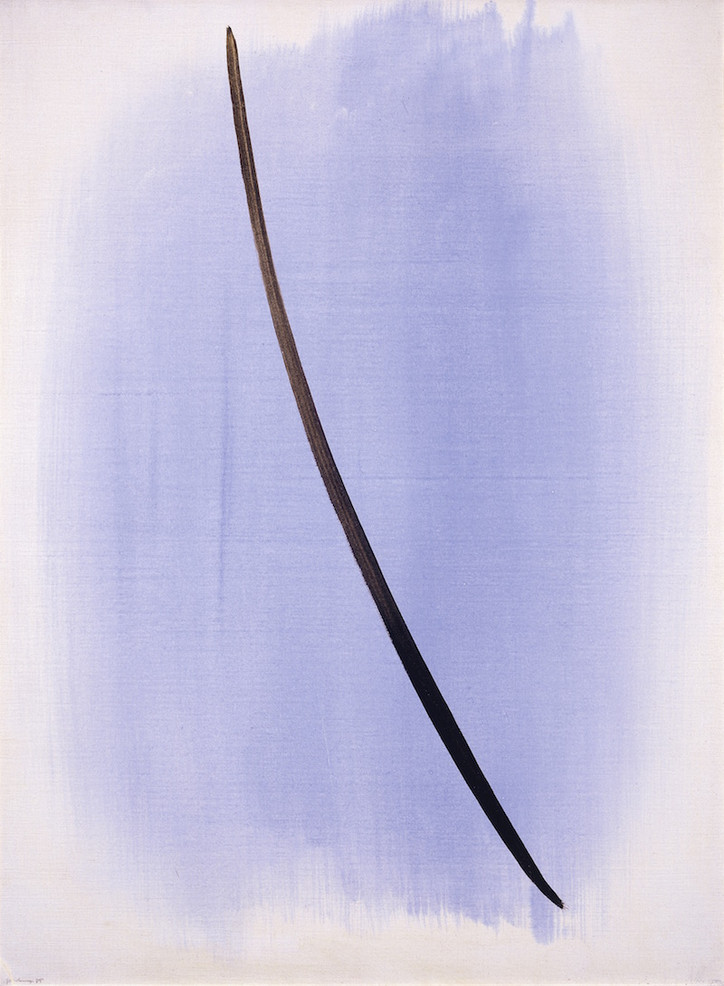
office spoke with Perrotin curator, Matthieu Poirier, about Hartung’s power, parallel universes, and thrill-seeking. The show will be on view at Perrotin Gallery and Nahmad Contemporary until February 18th.
Why this show? Why now?
Because I think it’s never too late? It’s been a few decades that he’s been forgotten. He became really well known and obvious for everyone, people wanted to see something else. That’s really how it happens— art history, the history of reception, is very cyclical. The most important thing is all the artists that have been influenced by him today, we think about art historians, curators, critics, who basically rediscover things, most of the time the most important ones are the artist themselves— artists of other generations that take a deeper look at artists that have come before them for some time, the beauty of things that are a bit obvious for some people, just look at the works, get influenced, pick things.
Think about Wolfgang Tillmans, think about Katharina Grosse, Christopher Wool, pick one, sometimes they say a lot about it, they promote it, “Oh I’ve been influenced by Hans Hartung, he’s an amazing painter, etc.,” and some just pick ideas and make them live longer in their own works. You know an artist is historical when he has influence. For me, when I went into his former studio at the foundation and when I discovered those amazing works, they were not only amazing because they had an impact on me as strong as when I first discovered Rothko, Pollock, but because they resonated in the contemporary era. That’s what explains his importance. Consider why something is important— because you like it? because it’s nice? because it's good-looking? No. Because it had a huge influence, including on Hartung himself— so that’s how it works, and that’s why I think it’s a good moment.

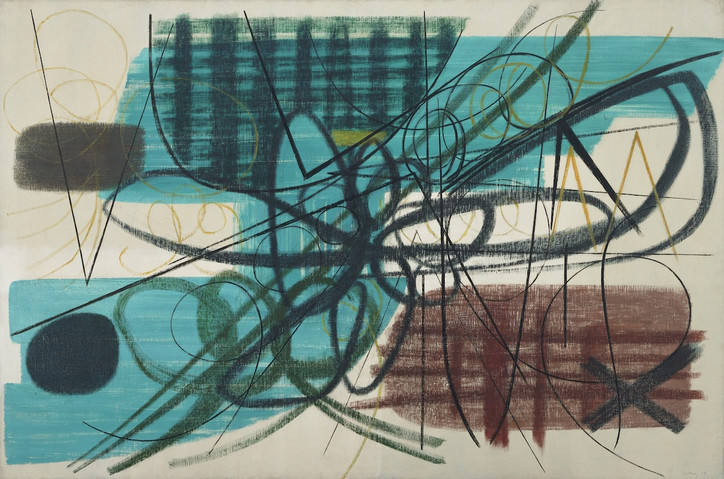
Art has become hyper-political, do you feel that formalism like this has politics?
No, not at all! To be honest, that’s what I love about his work. You wouldn’t say that Pollock is political, you wouldn’t say that Rothko is political— it’s pure painting. How Kandinski could be political… or let’s say Radchenko clearly was working for a Socialist program, okay, that’s political. Picasso was political twice in his life. Art is a parallel world, it’s a parallel universe to me, it’s basically something that evolves in parallel to the real, to your everyday life, to the politics, to the problems, it’s something basically that’s supposed to elevate you— without dogma, without belief, not like religion, and the fact that Hartung wanted to keep away from all this is very fine to me. I think art can have a strong connection to actual facts, but, you know, what’s the connection of the person elected chief of state and the color of the background of his paintings, there is no connection.
Just think of it as a parallel universe. I’ve been a scholar of abstract art for more than fifteen years, and I have a deep belief in this universe that is without words, without obvious image, but has a lot to say, and a lot of emotions to give to people that are sometimes beyond words. I only use words because it is my job as an art historian— I’ve been teaching at the Sorbonne for years, and I’ve been trying to find the words to explain, and to do a translation with words of a purely visual language.
Pierre Schneider, a French critic in the 1960s, said that the only purpose of an art critic was to find the good words so that the spectator stays long enough in front of the work, so the poison of the work can enter the veins. So that’s the whole point, you have to find the words so people won’t leave, and it will give them a few seconds longer so that they can be infused, penetrated somehow by the visual elements. That’s a deep belief of mine, it’s almost metaphysical.


How does a Hans Hartung piece speak to you and what does it say?
It’s more, as I said, a language without words. The idea of the landscape of phenomena is very important to me. It’s not a regular landscape. It’s a place freed from human beings where natural elements and phenomena— hence the title of the show, Constant Storm— can happen.
It’s a kind of a pictorial storm that I wanted to show because that’s what I feel, and that’s what I’ve been talking a lot about. Before he lost his leg in the second World War, Hartung was a swimmer, not like for athletic training, but an extreme swimmer, he really enjoyed, for example, swimming in the sea at night— he almost drowned, I think two times, because he went too far and didn’t know where the coast was. He would climb volcanoes and almost die in the process— experiences that you don’t do, very dangerous.
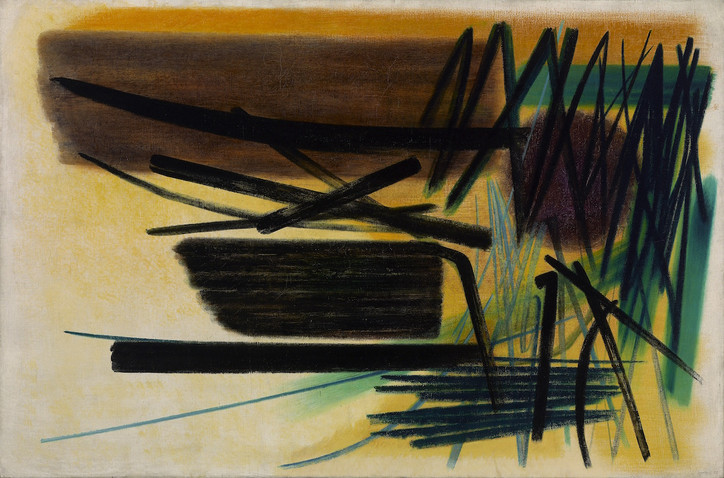
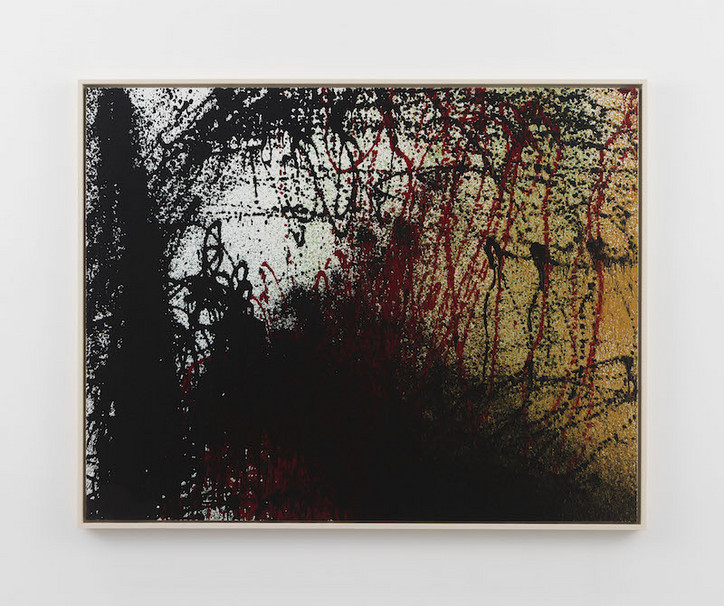
A thrill-seeker!
Yes, he was a thrill-seeker, that’s the perfect word. Of course when he lost his legs that’s a huge handicap, we don’t realize that. He couldn’t swim as much, he was swimming but in his pool. There’s a pool in the foundation that he designed, and he designed it before James Turrel did these sky spaces, Hans Hartung designed his house as a sky space, with an opening to the sky with the sun, the clouds, even the birds passing by, it was the same year as the first sky space by James Turrel at PS1, 1976. Hartung built the plans almost 5 years before. He has this very strong relationship to nature all the time, not nature only as a visual element, but nature as something that you can become immersed in— it’s all about immersion.
In the water, in the forest, in the clouds, in the war, in the violence, it’s all about the transcription and things you’ve experienced with your own body, it’s an embodied experience of nature, as well as his own nature. He was an existentialist, which was really in the 1950s. There’s nothing political about that, it’s more metaphysical— existence without religion being immersed in the real, with human connections, and with nature being reconnected to yourself.
